Menu
You can manage your membership and billing method by clicking here
Terms of Service
Privacy Policy
Copyright © 2025 Office of Immigration Australia, a private company registered in Australia. All Rights Reserved.

Checking membership status...
 EXCLUSIVE MEMBERS ONLY ACCESS
EXCLUSIVE MEMBERS ONLY ACCESSTo access this month’s edition & Member’s only resources, enter your registered email address.



This bulletin is for members only, and provides our members with month to month updates on Australian immigration policy changes and consequential opportunities. Opportunities are found via federal and state government policy shifts for the demand and supply for certain occupations.
This bulletin will keep you up to date so that you do not have to employ expensive immigration lawyers to provide you with monthly research.
July 2022 has arrived, and along with it the new 2022-23 migration program… and it’s all hands on deck! To help alleviate Australia’s crippling shortage of skilled professionals the new Australian immigration minister has ordered the Department of Home Affairs to fast-track visa applications of skilled migrants!! Australia’s skilled worker shortage is now at an all-time record high. It’s across all industries, all locations and all professions! There is no better time than now, to apply for skilled migration!
As of 1st July 2022, the Priority Migration Skilled Occupation List (PMSOL) remains in effect. Visa applications with an occupation on the PMSOL continue to receive priority processing.
In this month’s ‘Federal News’, the huge number of skilled workers needed, has led to a backlog of migrant visa processing. Prime Minister Anthony Albanese said that the National Cabinet has recognised the need to clear the backlog of visas which has been slowing the arrival of migrants to help fill skill shortages.
Mr Albanese hosted his first National Cabinet meeting, where state and territory leaders directly raised the issue of fast-tracking targeted migration with him, and that the visa backlog must be addressed to allow migration to be harnessed to combat skill shortages plaguing the country.
Andrew Giles, the new minister for Immigration has also declared that processing visa backlog to be an urgent need and priority.
In this month’s ‘Economic News’, the national worker shortage extends from the centre of the biggest cities to the most remote mountains, and leaders across business, health and tourism are calling on the new federal government to speed up approvals for skilled visa applications as they struggle with crippling labour shortages across the country.
In this month’s ‘State News’, Western Australia has announced that it will now accept applications from overseas skilled migrants! In addition to WA, the State Skilled Migration Programs for the Australian Capital Territory (ACT), New South Wales (NSW), Tasmania and South Australia (SA) remain open to Offshore Applicants! All other state and territory programs still remain closed to offshore applicants, due to pandemic restrictions. The Australian Government hopes the influx of new visa holders will help alleviate labour shortages around the country.
In this month’s ‘Student News’, migrating to Western Australia just got easier for students! If you’re harbouring hopes of studying and migrating to Western Australia, your prospects just got better! In hopes to attract skilled migrants to help alleviate skills shortages, the state government has added 194 occupations to the Graduate Occupation List. This brings the total number of listed occupations on the Graduate Occupation list to 331.
All this and much more in the July issue of The Australian Immigration Bulletin! Let’s take a deeper look at what has happened so far and what is planned for the remainder of July 2022 in Australian Immigration, so that you can start planning!
As legislation and travel requirements are constantly changing, we strongly recommend obtaining advice on your individual situation from a Registered Migration Agent.
Please click here to book a consultation with one of our Registered Australian Migration Agents, located in Australia.
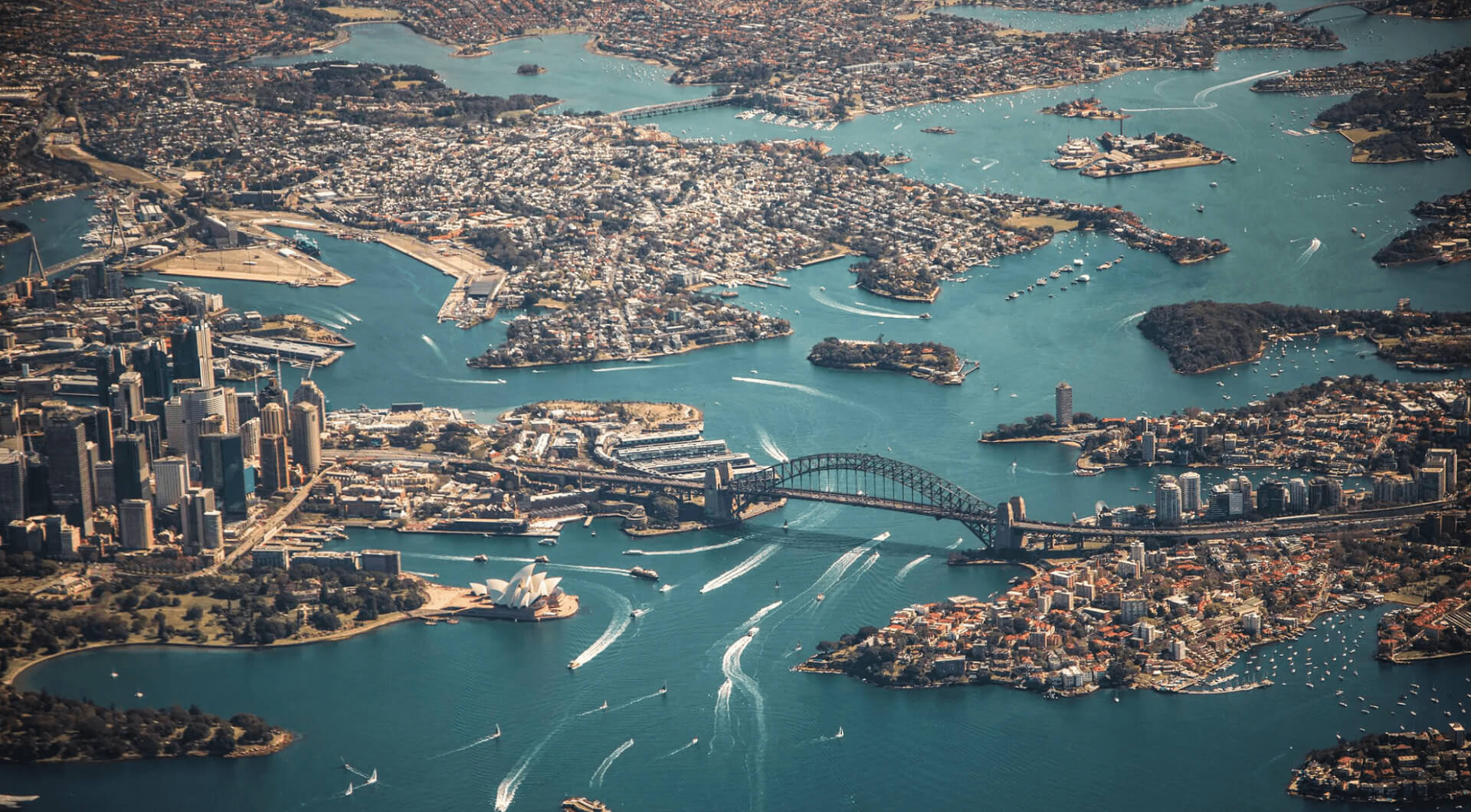
Australia’s 2022-23 Migration Program has been carefully designed to boost the social and economic outcomes that meet Australia’s needs. In fact, the migration programme was first launched in 1945 following the aftermath of World War 2. Given this long history, it is worth understanding how it works. The Australian Immigration Bulletin exists to help explain this in more detail.
As we’ve entered the 7th month of the year, join us for a look at the latest news and developments in the world of Australian Immigration!
We asked those who have established themselves with skilled jobs to share their experience and tips for a career in Australia.

We spoke with a skilled migrant, a civil engineer currently working for a private consultancy.
Tell us about your job now.
I have worked for this consulting firm for nearly 4 years. I did not originally intend to work for a private firm.
I had been working for a state department for 7 years. However, the company, which I am working for at the moment, asked me if I’d like to work for them. It was a hard decision but in the end, I decided to leave the public sector.
How did you get your job before that?
I found the job through the jobs.tas.gov.au website. I was also looking for work through other websites:
I was also asking some of my friends who were already working in the engineering field if there were any job opportunities which may not have been advertised yet.
I applied and went for an interview.
What things do you wish you knew or did differently?
I came from Vietnam which is a non-English speaking country. For a long time, I didn’t really focus on improving my English. I wish my English could be better so that I would have communicated with the people who interviewed me in a better way.
How did you get your very first professional job in Australia?
My very first job was also with an engineering consultancy. I got this job through a friend of mine who is also a civil engineer. He had referred me to the company manager who then offered me a casual position.
This was not the position I was looking for. I was looking for a permanent position. However, I knew that this opportunity could allow me to demonstrate my ability to work in a foreign country and adapt to its culture.
What did you learn from your very first job?
I succeeded in demonstrating that [ability to work in a foreign country and adapt to its culture]. This very first job was a stepping stone to the job with the state department.
My first job allowed me to expand my relationship network and provided me working experience in Australia. These definitely helped me in finding my second job.
And the more experience you accumulate through time, the more opportunities you find.
What obstacles did you face?
Firstly, English was my big problem. At a lesser extent, working culture was another issue.
How did you overcome those obstacles?
With the language, I have no choice but keep improving it day by day. Learning English everywhere, every time. I worked to improve all the aspects of the language including reading, writing, listening and speaking.
To overcome working culture, I have tried to learn about Australian culture and the people. At the same time, I also keep improving myself to be more adaptive and flexible.
Furthermore, I have focused on developing soft skills such as interpersonal skills, communications skills, teamwork skills, time management skills, etc.
I know that employers look for candidates with soft skills as they are such important skills that could contribute to the success of a business.
What have you learnt about job seeking?
For non-English migrants, English might be an obstacle in finding a job, depending on what industry you are in.
Expanding your relationship network would improve your chance of finding jobs.
What advice can you share with migrant jobseekers in Australia?
If you are finding it difficult to find a job, you might want to find some work experience through volunteer opportunities.
They might not relate to your main skills, but they will help you to improve other skills that includes soft skills.
Improve your English if you come from non-English speaking country.
Learn how to write a CV properly. Seek advice from who has succeeded in finding a job.
Expand your relationship network. Try to connect with people who come from the same country and successfully found a job here.
Do not just look for opportunities from one source. Try different sources.
You might even bring your CV to the company you like to work for, knock on their door and ask for opportunities.
Be positive and keep improving your skills. Adapt to the new culture. To do this, humility is required.
Be patient and keep looking for opportunities.
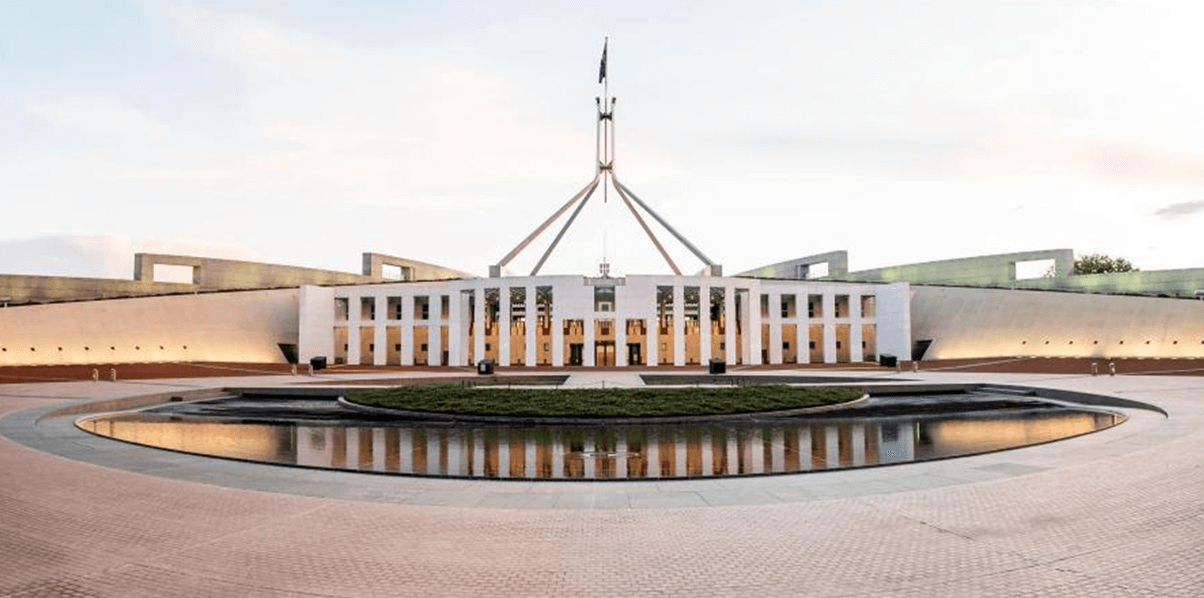
Following the reopening of international borders on February 21, 2022 for fully vaccinated visa holders, the Department of Home Affairs continued immigration processing across all visa cases and is currently working through a large backlog of pending visa applications. Delays in processing across all visa types have been observed, including onshore visas requiring the completion of health examinations. Health examination bookings through Bupa Medical Visa services are currently limited in New South Wales and Victoria, adding to general visa processing delays.
Processing delays continue for applications linked to occupations that are not on the Priority Migration Skilled Occupation List (PMSOL). The Department of Home Affairs continues to prioritize occupations on the PMSOL and in critical sectors and will process applications in accordance with government processing priorities.
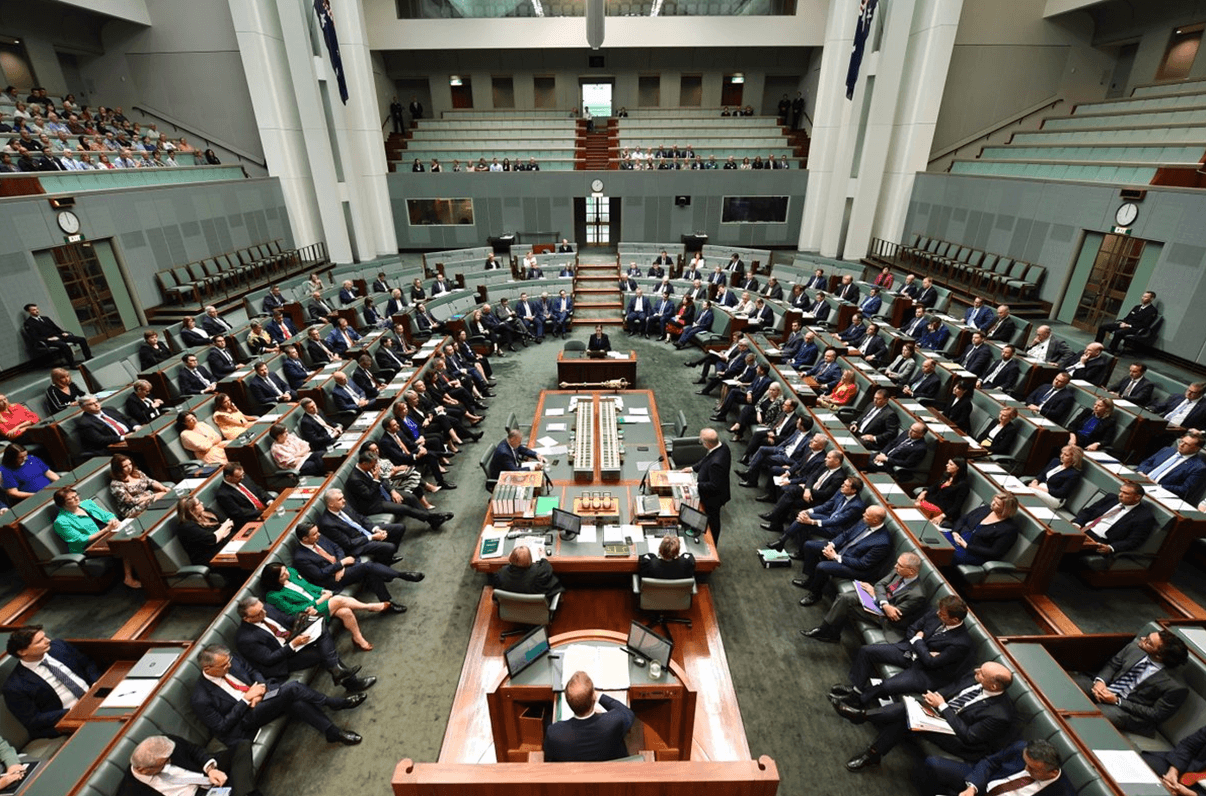
Following the 2022 federal election, the Australian Labor Party has secured Parliament majority and the 31st Prime Minister of Australia was elected on May 23, 2022. In the coming months, confirmation of the Labor Party’s policy stance on migration and related issues is expected, which will likely lead to policy reforms.
The Australian Prime Minister has appointed a new Minister for Home Affairs and Minister for Immigration, Citizenship and Multicultural Affairs, following their Government’s election victory.
Changes are expected in several key areas in immigration policy in line with the Labor Government’s pre-election stance, including:
The new Australian government is expected to announce new rules that will impact immigration laws in the coming months.
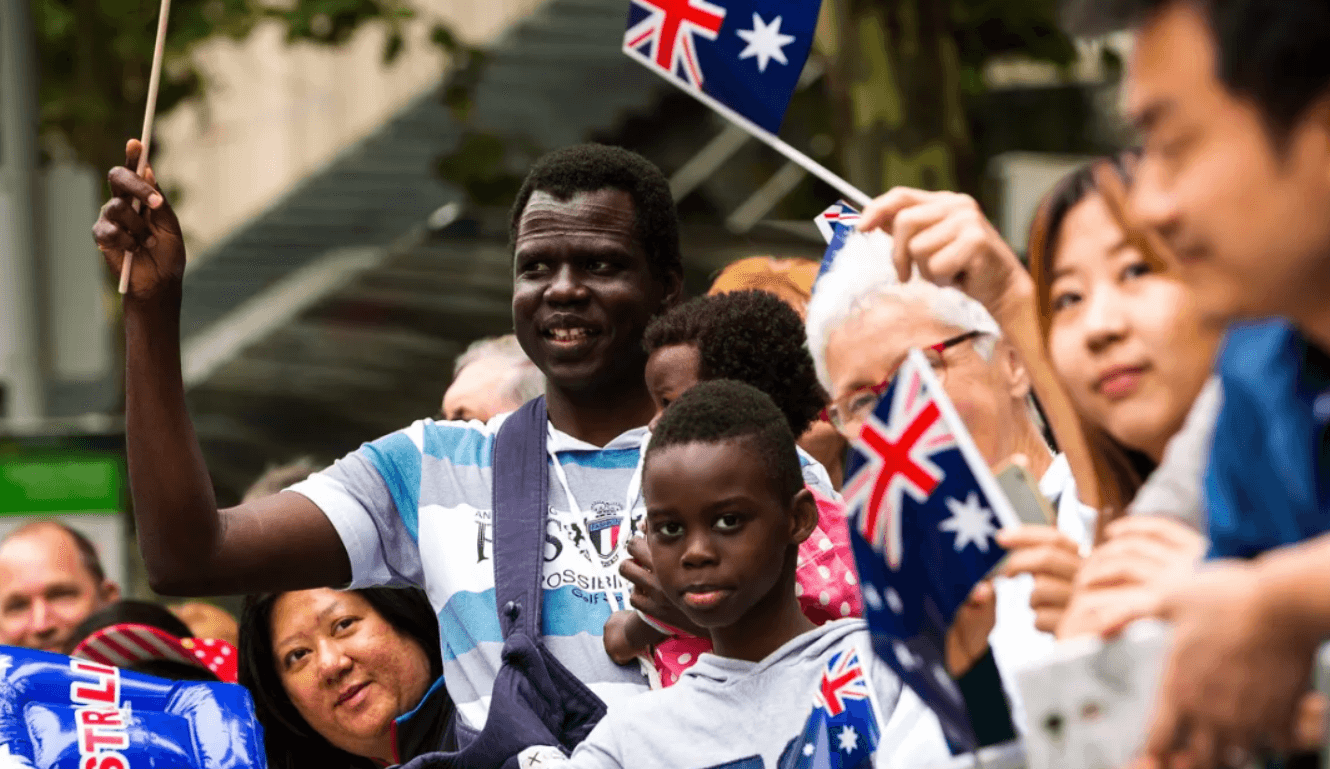
The Australian immigration minister has ordered the Department of Home Affairs to fast-track visa applications to address a shortage in skilled workers.
Andrew Giles, the minister for Immigration, Citizenship, Migrant Services and Multicultural Affairs in the new government, declared he made clearing the backlog of visa applications a priority.
He added that the “extraordinary” delay in processing of visa applications was raised by the community and the former government for many years.
“Processing outstanding visa applications is a priority for the Australian government. I have raised my concerns with the current state of visa processing with the Department of Home Affairs,” stated the minister. “We are committed to ensuring that visa applications are processed in a timely manner.”
He explained that the previous government did not publish data on the number of applications for skilled worker visas.
However, the total number of skilled temporary visa holders in Australia has fallen from a peak of 195,000 in 2014 to 96,000 in 2022.
Andrew McKellar, chief executive officer of the Australian Chamber of Commerce and Industry (ACCI), said employers were struggling with “protracted” processing times for skilled migrants.
He added that greater resourcing is needed to reduce protracted visa processing wait times.
“The current delays just aren’t good enough when so many businesses are left without staff and therefore can’t afford to stay open,” said Mr McKellar.
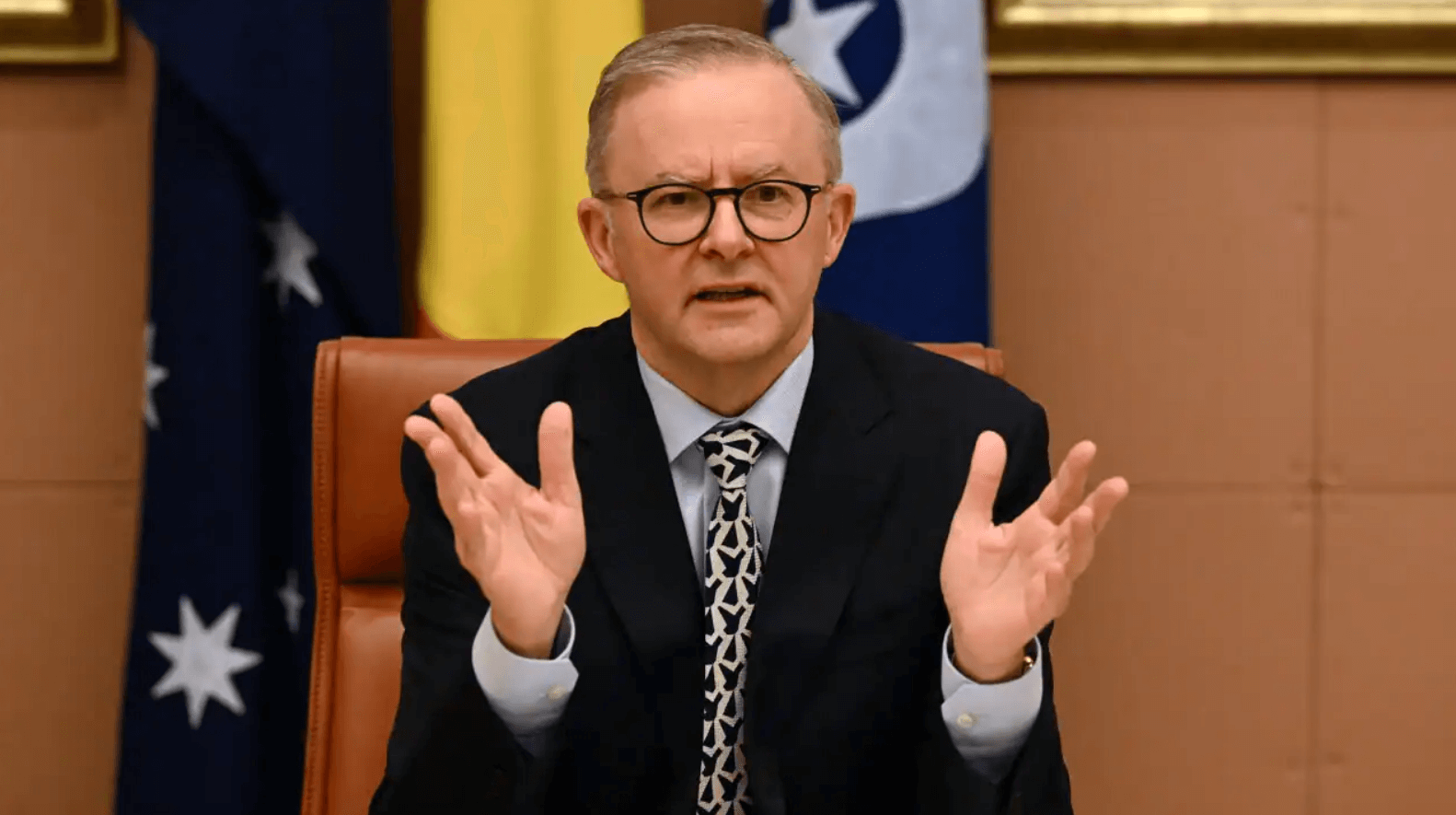
Prime Minister Anthony Albanese said that the National Cabinet has recognised the need to clear the backlog of visas slowing the arrival of migrants to help fill skill shortages.
The visa backlog must be addressed to allow migration to be harnessed to combat skill shortages plaguing the country, according to Prime Minister Anthony Albanese.
Mr Albanese hosted his first National Cabinet meeting, where state and territory leaders directly raised the issue of fast-tracking targeted migration with him.
The migration program is still suffering from the impacts of the COVID-19 pandemic with visa backlogs placing immense pressure on the Department of Home Affairs.
Following the meeting, Mr Albanese said that the National Cabinet had recognised the need to do more to help businesses struggling to bring in workers to fill skill shortages.
“We need to work on clearing the backlog there from people who have visas that have been granted,” he told reporters.
“Migration will need to be a part of the solution.”
He added that people within the Department of Home Affairs had been directed from other areas to help address the backlog and prolonged visa wait times.
“We have put people from other duties into trying to clear the visa backlog,” he said.
“That clearly is something that’s required, is necessary and is the easiest way to make an immediate difference.”
Western Australian Premier Mark McGowan said attracting new workers was one of the biggest issues in securing the state’s ongoing economic growth.
“I appreciate what the prime minister has done to put more resources into dealing with the visa issues.”
South Australian Premier Peter Malinauskas also said ensuring skilled migration was a focus for the state.
“Clearly, there needs to be a reopening of skilled migration as a country,” he told reporters.
“To the extent we could see visas processed at a quicker pace that would be a good thing.”
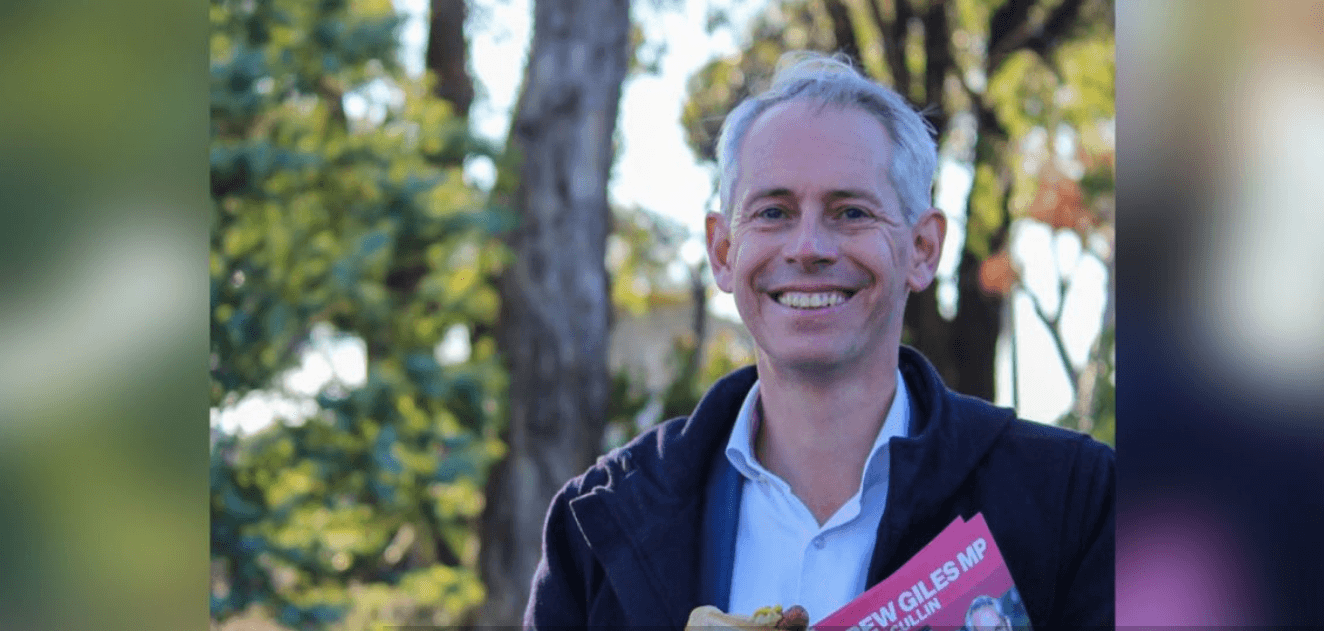
Australian Prime Minister Anthony Albanese has unveiled his cabinet after his Labor Party claimed the 77th seat to form a majority government. Andrew Giles will be Australia’s new immigration minister.
“This is an exciting team, it’s a team which is overflowing with talent, with people who are absolutely committed to making a difference as ministers and assistant ministers in my government,” said Prime Minister Albanese.
“This is the largest number of women who have ever served in an Australian cabinet, with ten women in the cabinet. In addition to that, in terms of the ministry, there are 13 women in the ministry and 19 frontbenchers. A record number in all three categories for women’s representation in cabinet, in ministry and in front bench positions,” he added.
Anthony Albanese has handed the Immigration portfolio over to Andrew Giles, who represents the electorate of Scullin in Melbourne’s north.
After being announced as the Minister for Immigration, Mr Giles said, “It’s an incredible honour to take on the role of Minister for Immigration, Citizenship and Multicultural Affairs in the Albanese Labor Government. There’s so much work to be done, and it’s so important to who we are, and how we rebuild. Can’t wait to get started.”
Andrew was elected as Member for Scullin in 2013. During the previous Scott Morrison government, Mr Giles was the Shadow Minister for Multicultural Affairs. He said he was committed to ‘bringing all Australians together to benefit from Australia’s multicultural diversity, working towards a country in which no one is held back, and no one is left behind.’
Immigration and social policy are his interest areas, including cities, work’s future, and climate change. He has “contributed to public debate, as well as policy formulation on these issues and on improving the health of our democracy.”
Before going to the parliament in 2013, Mr Giles mainly worked as an employment lawyer. He lives with his wife Jill and two young children – Daniel and Alice.
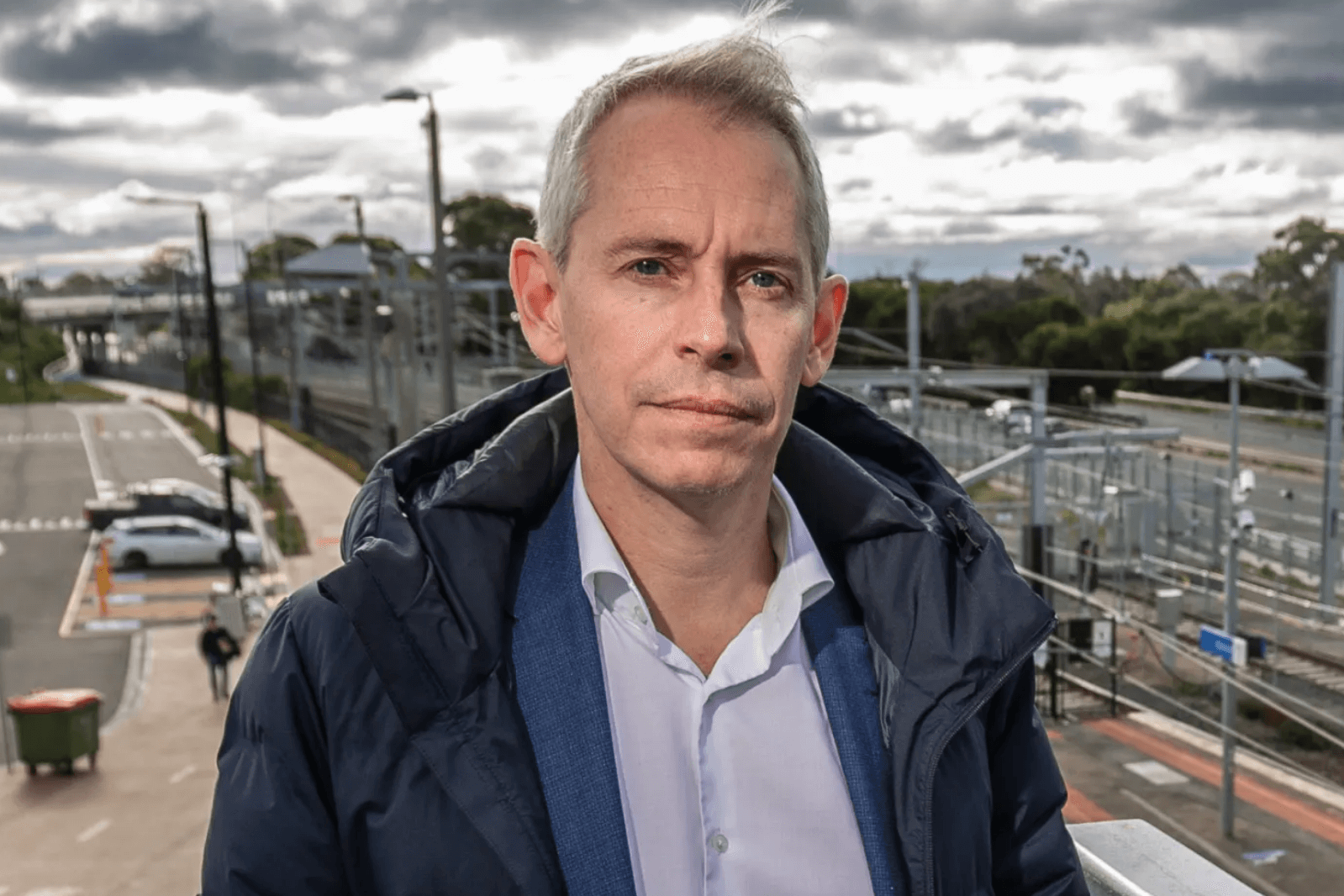
A major repair job to fix the nation’s complex and cluttered visa system must make Australia an internationally competitive destination for skilled workers and could include streamlining application rules, Immigration Minister Andrew Giles says.
Mr Giles signalled the race to secure the best foreign workers for Australian will be part of the Albanese government’s upcoming employment summit, alongside a major push to clear the backlog dogging migrants.
“There’s a huge backlog. It’s something that we were conscious of in opposition, but what has become apparent to me [since the election] is the extent to which the previous government’s covid policy to close the borders has far-reaching immigration consequences,” Mr Giles said.
“One of the things that is particularly apparent is the challenge of restarting the immigration program after the effective pause that the pandemic created is something that the previous government failed to even attempt to deal with.”
COVID-19 disruption, high numbers of applications and record volumes of people stuck on bridging visas are seeing applications significantly delayed. The median short-term temporary skilled visa currently takes 83 days to finalise, up from 53 days in March.
One-quarter of applications are taking at least one year to process, while the slowest 10 per cent of temporary skilled visas are taking 15 months to process, according to data from Home Affairs.
Business has called for faster turnaround time, with some put off by the delayed processing periods for skilled worker applications.
The meeting between the premiers and Prime Minister Anthony Albanese will consider the issue.
Mr Giles said faster approvals were required to help fill a record 423,500 job vacancies, but stopped short of promising a restoration in funding in the October budget.
“Our focus can’t just be about reducing the backlog,” he said. “We need to deliver a visa system that’s fit for purpose.”
“We can’t pretend that our visa offerings exist in isolation. We need to look at how they compare to the other countries, particularly those that are effectively our competitors in contests for talent, and that’s something that I’ve been seeking some briefings on,” he said.
“We need strong action to address that. That will involve obviously listening attentively to the unions, listening to the workers themselves, taking seriously the work that was done and looking to address those issues.”
NSW Premier Dominic Perrottet said that he would be raising skills shortages with Mr Albanese.
“There is no doubt we have a challenge right across our state, right across our country, with staff shortages,” he said.
“We need the Commonwealth Department of Home Affairs to be processing applications for people to be able to come into this country, and at the moment the wait is too long.”
Treasury’s 2021 Intergenerational Report said migration would remain the largest source of population growth in Australia over the long term, boosting labour force participation and productivity, because migrants tend to be younger and higher skilled.
More than half of temporary skilled visa holders transition to permanent residency.
Before the pandemic, 83 per cent of net overseas migrants were of working age, compared with 65 per cent of the existing population. In 2019, 82 per cent of new migrants were younger than 35, compared with 46 per cent of the Australian population.
There are now just 96,000 skilled temporary visa holders in Australia, down one-third since the start of the pandemic. About 367,000 people are living in Australia on bridging visas, up from 180,000 in June 2019.

Extra resources are being urgently allocated to clear visa backlogs for skilled migrants, international students and tourists, the Immigration Minister says.
Andrew Giles said while the pandemic affected visa processing, the system needed to be rebuilt after nine years of neglect under the previous government.
Any short-term action also needed to be balanced with the vision for rebuilding the economy, boosting productivity and reskilling the nation, Mr Giles told the ABC.
“We are looking at every option,” he said.
“It’s an enormous priority. We will leave no stone unturned in dealing with this urgent backlog, whilst also not forgetting to make sure it’s consistent with … our national interests in the immigration portfolio.”
The minister is taking advice on what sectors can be prioritised to address critical skills shortages.
Mr Giles said it was important Australia didn’t miss out on skilled migrants in key areas due to processing times, which have reached over 12 months in some cases.
Areas where there were urgent skill shortages, such as health care, would be at the forefront of policy developments as these workers were in global demand, he said.
Waiting times for passports have also blown out to six weeks amid a surge in applications.
“We are looking at every option to deploy more staff,” Mr Giles said.
“This isn’t a job that someone can do straight away, it requires training. The women and men who do this work are highly skilled people who at the moment are operating in a highly stressful environment.”
Bringing staff out of retirement or back from leave, or redeploying workers from elsewhere were options being looked at to help alleviate the pressures, the immigration minister said.
Nationals leader David Littleproud said the government needed to put a greater focus on agriculture workers because the worker shortage was affecting food prices.
“Every time you go to the checkout you’re paying more because the biggest constraint on agriculture at the moment is a secure labour supply to be able to process your food quicker, and that’s not happening,” he said.
He said skilled and semi-skilled labour was also required to boost the industry in the long term.

The new aged care minister will begin looking at the prospect of using migration to help fill tens of thousands of vacancies across the sector as both unions and providers call for permanent residency for imported staff.
Anika Wells said with borders now open, she would work with Immigration Minister Andrew Giles to develop policies to allow the recruitment of overseas workers “to meet the projected increased demand for labour and address genuine and persistent skill shortages in the industry.”
“While recruitment of Australians to fill roles in the aged care sector is a priority for the government, migration has historically played a role in the aged care workforce and will continue to play a role in future,” Wells said.
The crisis-plagued sector has haemorrhaged workers, with previous border closures worsening skills shortages and the army being called in to help manage facilities during the pandemic.
Operators need almost 60,000 workers to plug the national staffing gap, with providers calling for prioritised childcare for workers, as well as migration incentives, such as help with schools and housing, to draw people back into the workforce.
Paul Sadler, acting head of the umbrella body Aged and Community Care Providers Association, said the organisation wanted personal care workers to be added to the skilled migration list.
“We’d be keen for a plan that allows foreign workers to fill vacancies on a short and long-term basis where a local workforce is not available,” he said.
Wells said policies would be developed in consultation with the industry and unions, while noting there were already certain skilled visa options for health and aged-care workers.
Health Services Union national president Gerard Hayes – who is leading workers’ push for a 25 per cent wage rise.
He described Wells’ approach as “a common sense position that seeks to meet the industry’s needs.”

The shortage of health care professionals – just one of the sectors experiencing skills shortages across Australia – is becoming a major challenge, according to new research from job data provider WebRover.
As reported on this site recently, nurses in particular are in demand across the country, with many health organisations competing for the same skilled resources in this critical field.
It’s not unexpected that demand for healthcare workers is high given we have just been through a global pandemic, but do the structural changes in our economy that have resulted threaten to make hiring skilled health practitioners a challenge for the foreseeable future?
Shortfall of nurses is ‘unprecedented’
Healthcare recruitment leader Juliet Aryana, shares her insights into what is happening in the market.
“The shortfall of available nurses in particular is unprecedented, with this being driven by several factors. Border closures have taken away the overseas candidate market, and the numbers of nursing students coming through the system has also declined,” Aryana said.
That’s quite a statement coming from someone with over 20 years’ experience in the Australian healthcare employment industry, highlighting the challenges the market is currently facing.
So, apart from the pandemic, what are the reasons for this shortfall in healthcare workers?
Aryana goes on to explain that a combination of closing borders, which has stymied the supply of overseas candidates to the market, alongside a drop in the number of nursing students graduating their training and entering the workforce, has resulted in significant shortages of qualified staff.
Wage pressures growing, contract rates soaring
Given the demand for staff in the health care industry at present, it’s not surprising that salary levels in the sector are starting to be tested, a fact that Aryana confirms is already occurring in certain markets.
“Wage pressures are increasing due to demand outstripping supply, and we have already seen the rates for contract roles increase significantly,” she said.
And it’s significant that it is the contract market, where workers are engaged on a short term or casual basis, that is experiencing the biggest rise in remuneration.
It’s this market that workers with in-demand skills will often gravitate to in order to capitalise financially on market conditions. If that occurs in the health care employment market, this could add further challenges for employers looking to retain some stability in their workforces.
As Aryana highlights, the contract market is also usually a forerunner to what occurs in the permanent employment market. If rates are rising for casual employees, it’s likely that permanent salaries will follow.
Regional and remote Australia struggling to attract qualified staff
One additional factor in the current market is the location of where workers are most in need.
Given demand across the country, it is perhaps unsurprising that regional and rural areas are the ones where staff shortages are currently most acute.
As the data indicates, while the major cities in Australia make up 60 per cent of the population, only 25 per cent of roles advertised in the last 12 months are located there.
The research indicates that it is smaller towns and cities experiencing the most difficulty in hiring qualified nurses in particular, and even the rise of tele-health services is unlikely to remedy this shortfall.
“Nursing is a hands-on job. In my opinion, tele-health services won’t replace the need for qualified nurses in the regions in the short term,” Aryana said.
While doctors are becoming more adept at delivering services remotely, nursing more often requires a physical presence. Getting such skills into remote and regional areas wasn’t easy pre-pandemic, and the last two years have exacerbated this problem.
Overseas skills return, but is it enough?
Despite the current challenges, there is light at the end of the tunnel for organisations struggling to hire healthcare professionals in Australia, with borders opening and skills returning from overseas.
“We are starting to see the overseas candidate market returning now borders are opening up, but the pent-up demand is so big that we don’t expect this to completely solve the staffing issues for many health organisations in the next 12 months,” Aryana said.
While the return of qualified health practitioners from outside Australia will certainly aid the problem, it won’t alleviate the issue completely.

WA state government is implementing new initiatives to attract skilled migrants to Western Australia
Under the 2022-23 migration program, Western Australia has announced that it will accept applications from overseas skilled migrants.
According to a recent announcement, the WA government said that invitations to apply for state nomination will be via the ranking system, giving preference to applicants currently residing in the state, followed by those residing in Australia and then those residing overseas.
The program year will also provide candidates the opportunity to access an expanded, more extensive, Graduate Occupation List under the Graduate stream.
The WA government said the new initiatives were to attract skilled migrants and international students to help alleviate skills shortages.
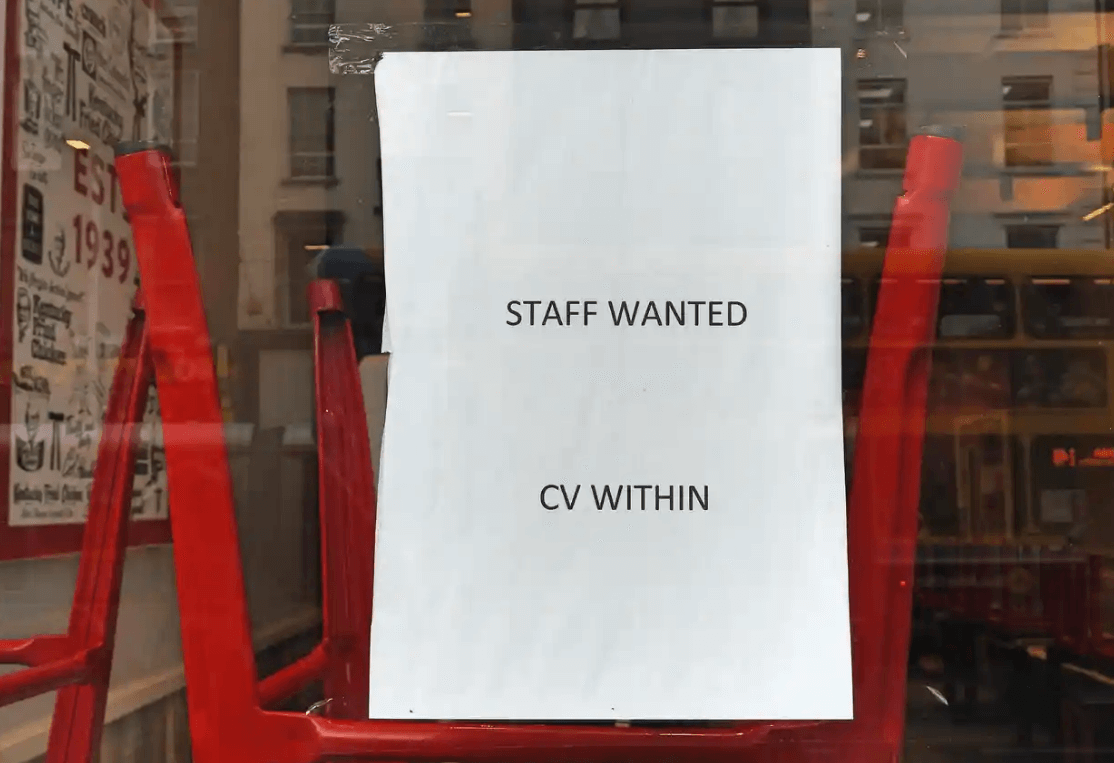
Leaders across business, health and tourism are calling on the new federal government to speed up approvals for skilled visa applications as they struggle with crippling labour shortages across the country.
As the premiers of New South Wales and Victoria unite in their calls for urgent action to approve more visas, industry leaders said longer-term plans should be made to train more Australians to fill roles to safeguard industries from future shocks.
Groups, including the Business Council of Australia, have also pushed for migration levels to be raised over the next two years to make up for the slump in incoming foreign workers during the pandemic.
The Australian Hotels Association’s head, Stephen Ferguson, said the decision to preclude foreign nationals from the jobkeeper scheme was partly to blame for the loss of workers from the industry in 2020.
“They all had to go home and now we’re in a global race with a whole heap of other countries trying to get these skills back as everyone opens up,” Ferguson said.
“Someone sitting in the Philippines or Mexico might go to Canada, the UK or New Zealand or wherever else instead of Australia.”
Ferguson said some AHA members have complained that skilled visas were taking five months to approve and there are not enough trained Australians to fill the positions.
NSW premier, Dominic Perrottet, this week said his focus was not on raising caps or targets but rather on getting the right people into the country quickly with a targeted migration scheme.
“Whether it’s construction, whether it’s many of the public service areas that we have where we are struggling for those skills because we’ve had our international borders closed for two years,” he said.
“What I’m advocating for is identification for state premiers to provide to the commonwealth those industries where there are clearly labour shortages that need to be addressed.”
He has also said the NSW government and Victoria’s premier, Daniel Andrews, “will be working very closely together with the prime minister to address that, and it needs to be addressed as soon as possible”.
A Victorian government spokesperson said it looked forward to working with the new federal government, saying it had a “clear commitment to tackling the skills and workforce shortage challenges across the economy”.
Hospitals and other health services have been among the sectors struggling with labour shortages, exacerbated by extra pressure from the early flu season, persistently high Covid cases and the long elective procedure backlog.
NSW Health secretary, Susan Pearce, last week revealed about 2,500 healthcare workers across the state were furloughed at any one time.
Australian Medical Association’s president, Dr Omar Khorshid, called on the federal government to expand its “very limited policy” to make it easier to recruit overseas-trained doctors.
“Staff are working very long hours under enormous pressure, leading to burnout, while patients are struggling to access services every day with operations being cancelled and services running at lower capacity,” he said.
The education sector has been struggling with furloughed staff due to the impacts of the current flu and Covid outbreaks.
The Australian Education Union’s federal president, Correna Haythorpe, said teacher shortages in public schools pre-dated Covid but were “particularly difficult now” due to illness-related absences.
Haythorpe said the Albanese government needed to focus on a national plan to reduce teacher shortages, describing it as a “crisis”.
The Australian Retailers Association’s chief executive, Paul Zahra, said some companies were being forced to operate with “skeletal” staff and limited opening hours.
In February there were almost 30,000 retail vacancies across the country, and the ARA expected that to keep climbing in a range of positions.
“While many of these are frontline roles, we are seeing a parallel skills crisis – with specialist skill sets such as e-commerce, digital transformation and merchandise planning in high demand,” he said.
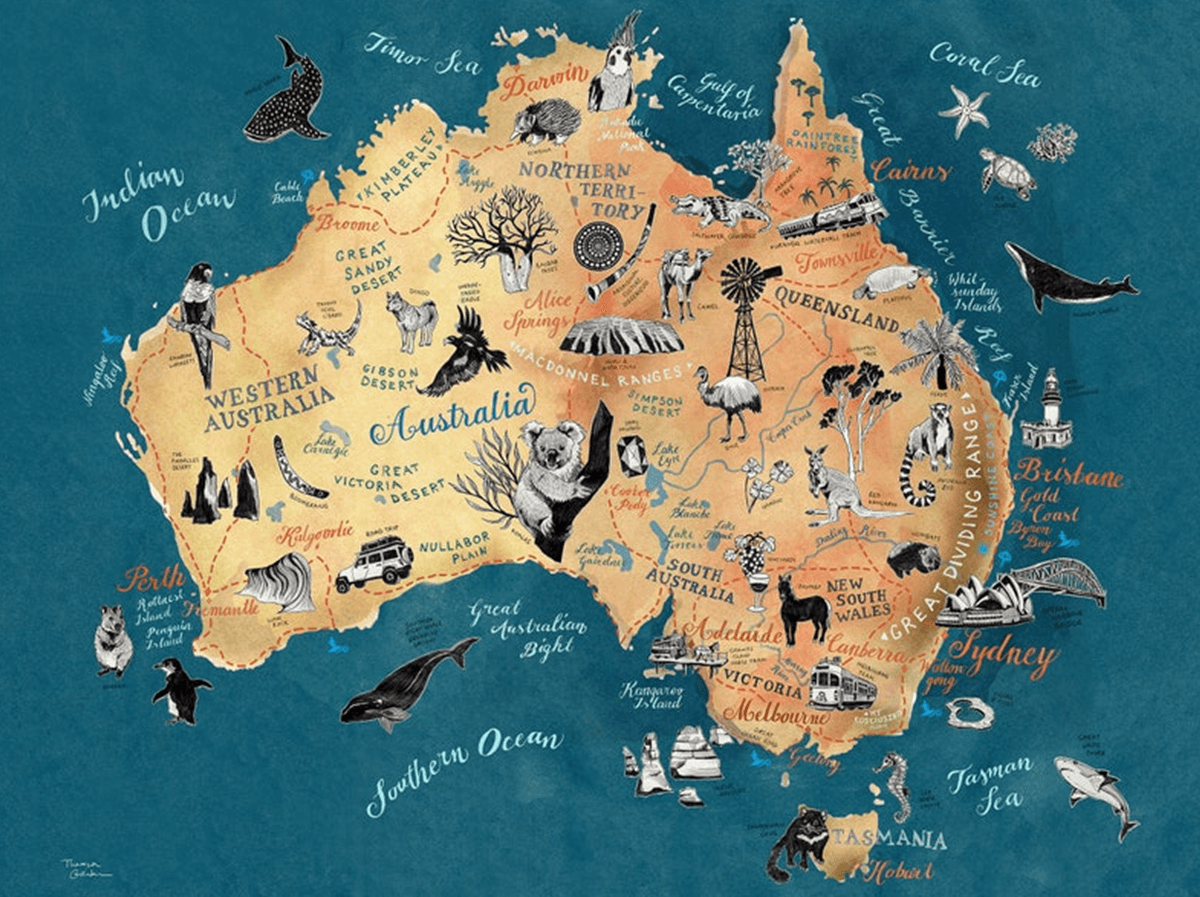
In view of the global pandemic, the Australian government during 2020 and 2021 imposed some temporary travel restrictions. Now various states of Australia have started issuing invitations and nominating the candidates for skilled migration.
Australia has a point-based system for skilled migration. The Australian State and Territory government programs have two ‘point-tested categories’, being;
The ‘Skilled Nominated- Subclass 190’ is a points-tested permanent category for skilled workers who are nominated by an Australian State or Territory government. The ‘Skilled Nominated- Subclass 190’ enables skilled workers and their families to live, work and/or study in Australia indefinitely with full work rights. You would generally be expected to reside for 2 years in the State or Territory which nominated you.
The ‘Skilled Work Regional (Provisional)- Subclass 491’ is a points-tested temporary category for skilled workers who are nominated by an Australian State or Territory government. The ‘Skilled Work Regional (Provisional)- subclass 491’ enables skilled workers and their families to live, work and/or study in regional areas of Australia for up to five years. This nomination then provides pathways to permanent residency after three years. For migration purposes, most locations of Australia outside of major cities (Sydney, Melbourne, Brisbane, Perth, etc.) are classed as regional areas.
Key requirements for an Australian State or Territory Government immigration nomination:
To apply for either of these nominations, ‘Skilled Nominated- Subclass 190’ or
‘Skilled Work Regional (Provisional)- Subclass 491’, you will still need to lodge an Expression of Interest (EOI).
When deciding whether to nominate an applicant, state or territory nominating agencies refer to their own criteria, which vary from state to state. As a starting point, all applicants must show they have an occupation on the relevant state or territory occupation list, and that they have a genuine intention to reside in that state or territory.
State and territory agencies offer a number of different ‘streams’ and generally cater to offshore skilled applicants, onshore skilled applicants, and recent tertiary graduates. Some states also provide options for small business owners, or applicants with family living in the state or territory.
Please note, the below is information on general requirements and does not take into account any of your personal circumstances. You must check the State/Territory information carefully to ensure you can meet all the requirements for nomination.
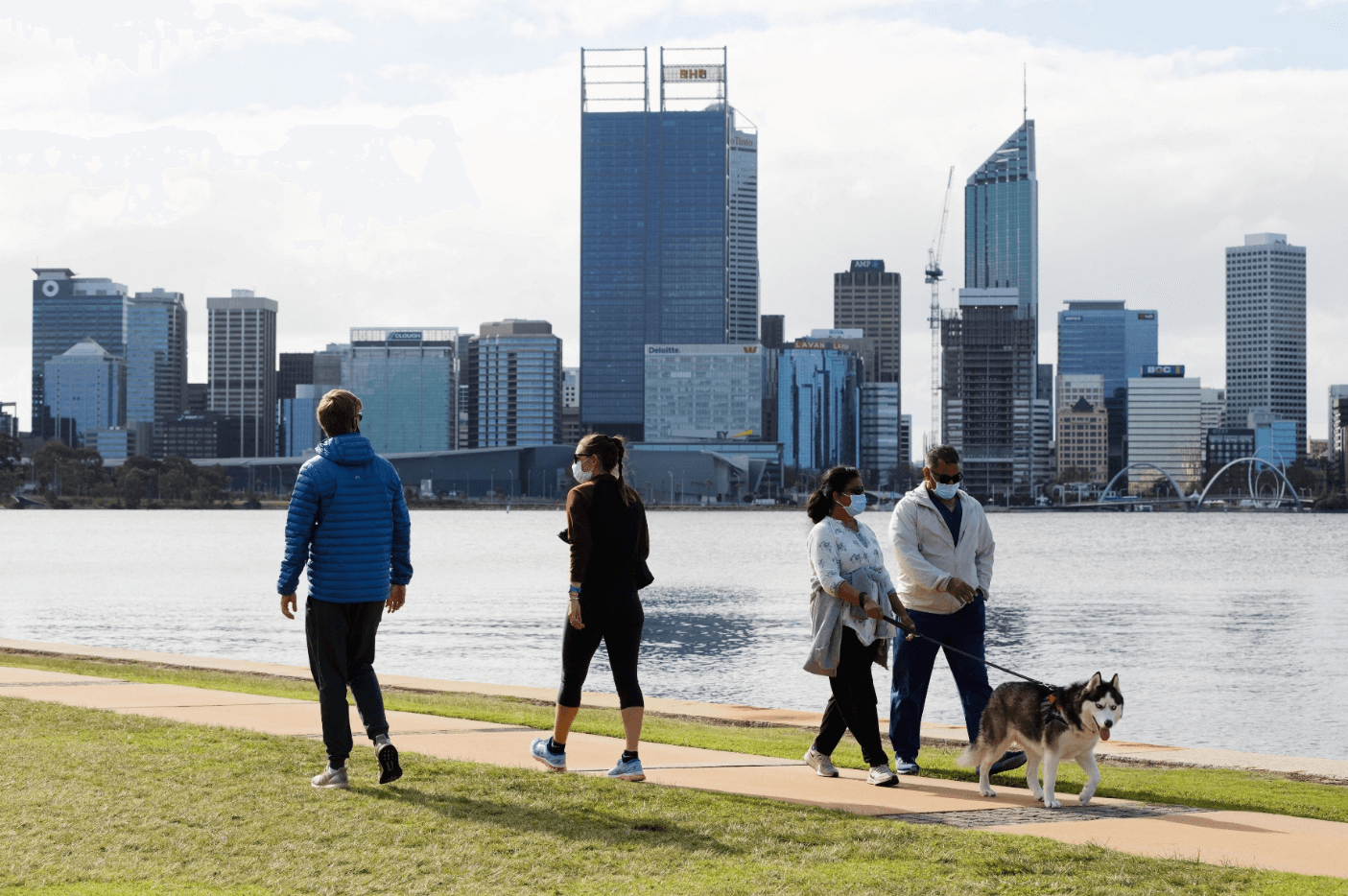
Commencing as of the 1st July 2022 people residing overseas are now eligible to be considered for Western Australia (WA) State nomination. Invitations to apply for WA State nomination will be via the ranking system.
Please continue to monitor this segment for any further changes. With world-class education, healthy job opportunities and strong public health management, WA is a safe place to live, work and study.
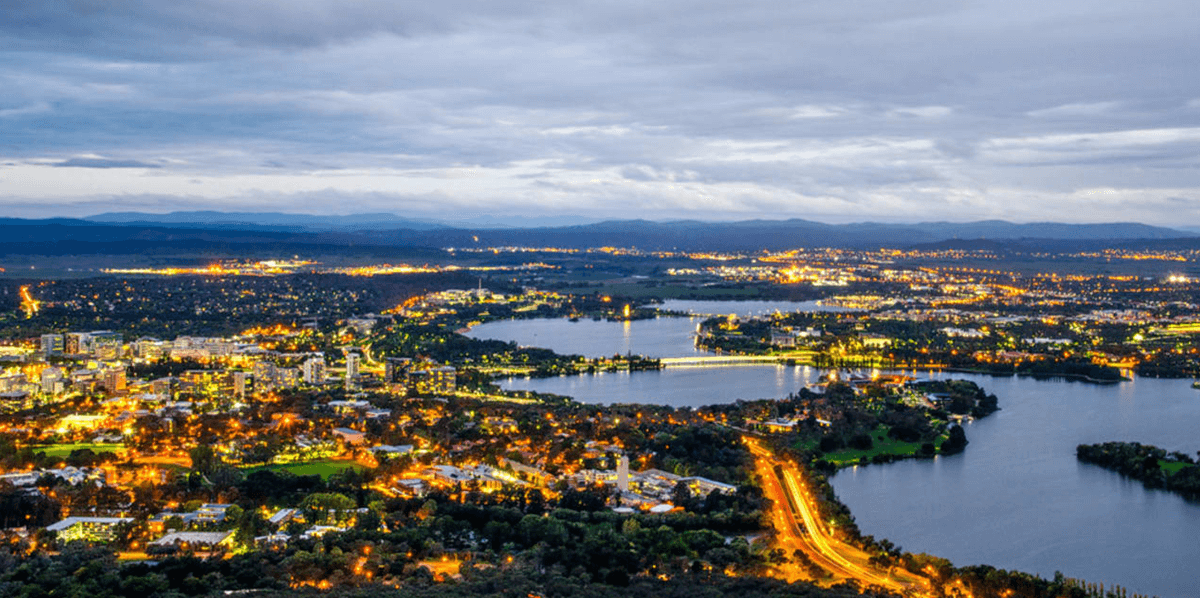
The ACT Critical Skills List identifies the occupations in current demand in the ACT. This List is important if you want to apply for ACT nomination for either a:
The ACT Government will update this list every four months to make sure that the ACT Skilled Migration Program adapts and responds to the evolving critical skills needs of the ACT economy.
The Canberra Matrix is weighted to ensure that applicants who will make a positive economic contribution to the Territory and/or have demonstrated a genuine commitment to the ACT are more likely to be ranked and invited to apply for ACT nomination.
*ACT nomination does not guarantee a migration outcome. You must still meet the Department of Home Affairs criteria.
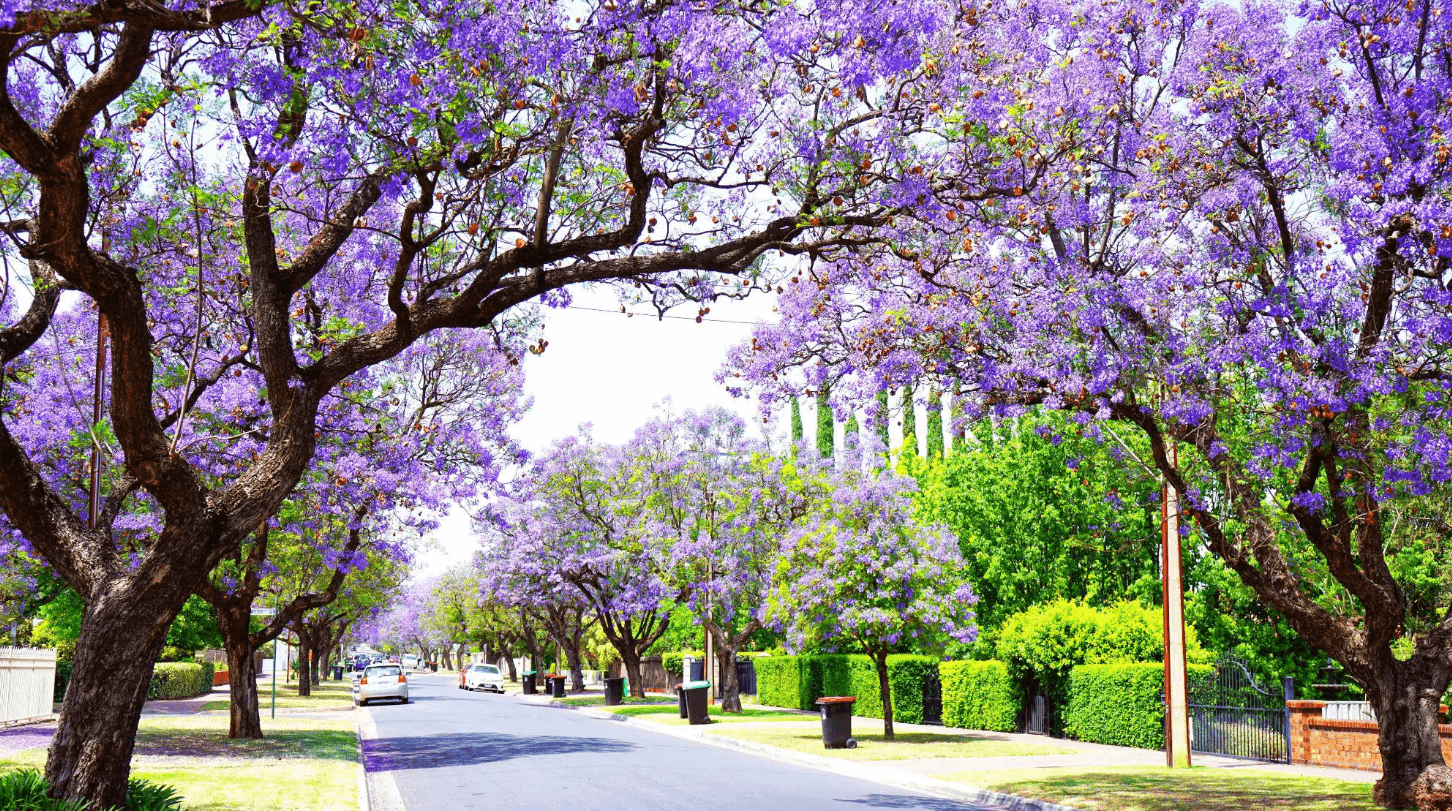
To manage South Australia’s COVID recovery response, applicants currently residing offshore are still able to apply.
Depending on your occupation and situation, there are two state nomination options available for skilled migrants through South Australia.
For South Australian state nomination, prospective applicants must meet the Department of Home Affairs requirements, state-specific occupation requirements and have skills in an occupation that is available on the South Australian Skilled Occupation List. Offshore applicants meeting the minimum published requirements can now lodge a Registration of Interest (ROI).
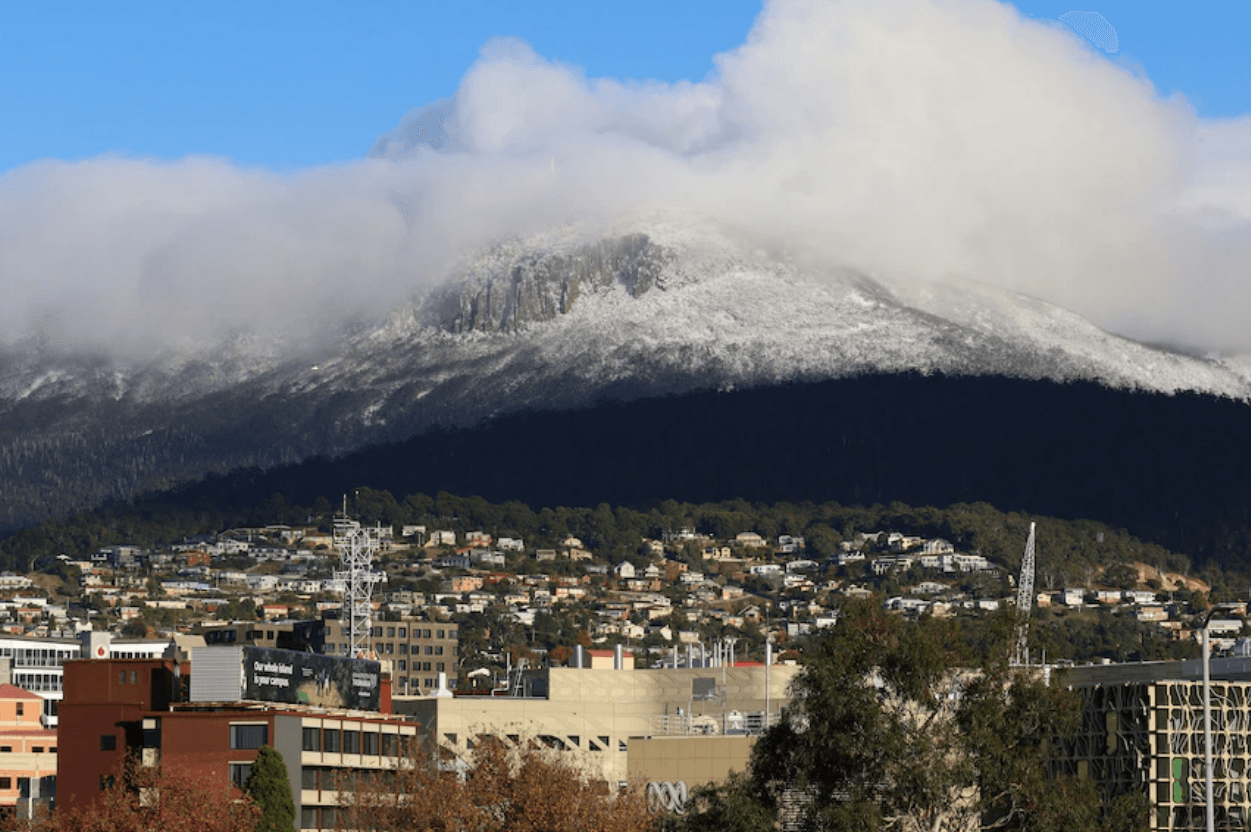
Changes to nomination requirements:
Only minimal changes have been made to nomination requirements for the Tasmanian 2021-22 program year. A summary of this information is below:
The two state nomination options available for skilled migrants through Tasmania are:
The Tasmanian State Nomination Skilled Migration Program supports Tasmanian businesses and increases the state’s working age population. It does this by attracting and retaining migrants with skills genuinely in need by employers, or with the capacity to settle in Tasmania through skilled employment in the long-term, and business activities that will increase employment opportunities.
Due to the effects of Covid-19, Migration Tasmania’s current nomination priorities continue to be:
Tasmania’s skilled migration program is for people wanting to move to the state who have skills that Tasmania need. Skilled migrants are attracted to Tasmania because of the state’s enviable lifestyle, career opportunities, affordable housing, reputable schools and a globally recognised university.
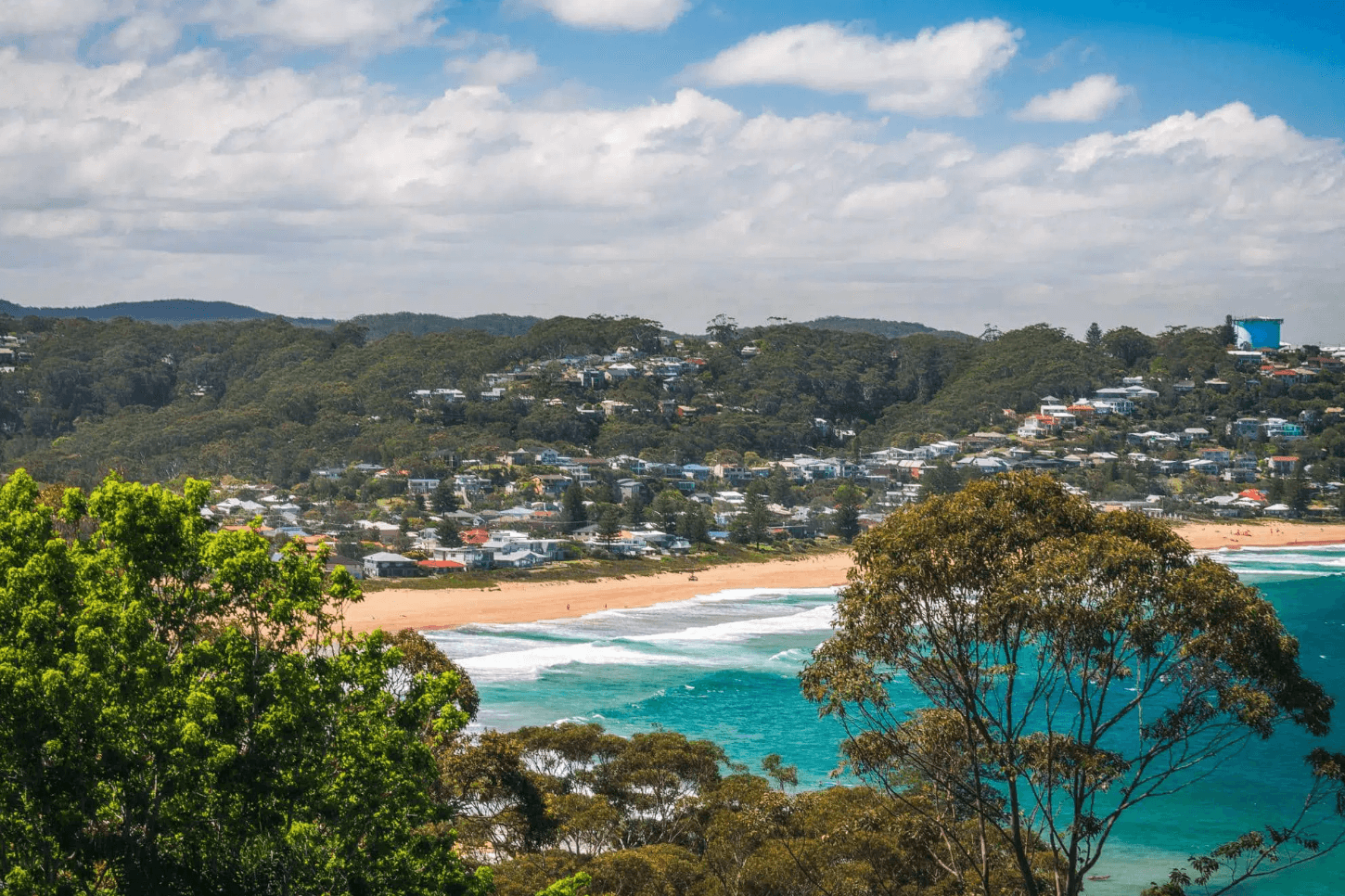
The New South Wales government has invited applications from offshore migrants under the following nomination streams:
The NSW State Government announced that offshore applicants skilled in certain ANZSCO unit groups are still eligible for NSW nomination.
Offshore candidates criteria:
If you are residing offshore, you must:
*Please note: Invitation rounds occur throughout the financial year.
Some of these identified ANZSCO unit groups include: engineering managers, health and welfare service managers, production managers, primary and secondary school teachers, pharmacists, dental practitioners, midwives, registered nurses, social workers, chefs, cooks, and other professions on the Priority Migration Skilled Occupation List (PMSOL).
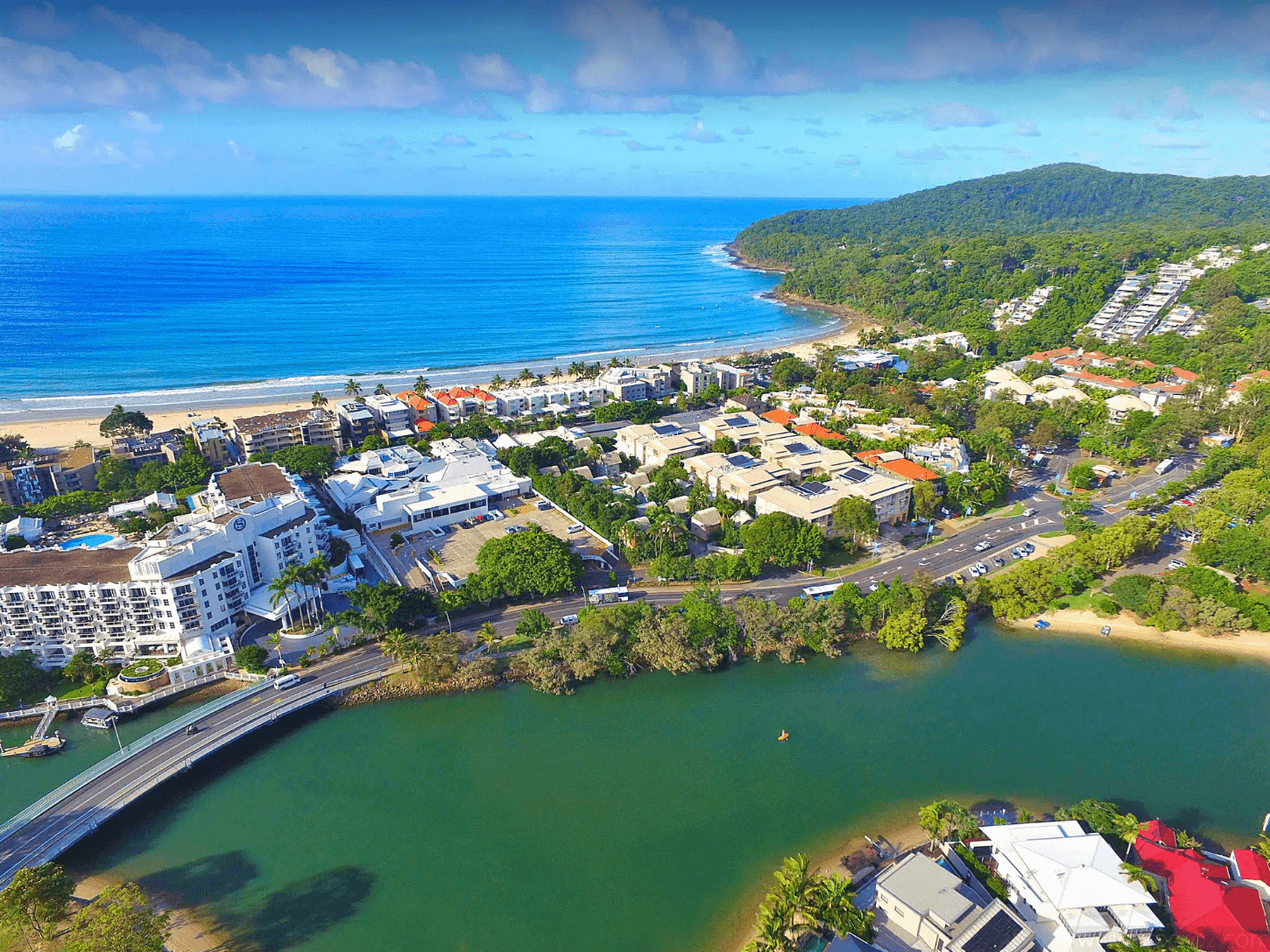
Program Status Update
The Queensland Skilled Migration Program is currently open but due to current Covid-19 restrictions this is still currently available to onshore applicants only. A review will be made at a later date to open the program for skilled workers living offshore.
For the Skilled Migration Program, Migration Queensland will currently only accept “decision-ready” applications (onshore applicants only).
The Australian Migration Bulletin will continue to update you regarding the Queensland State nomination migration program for offshore applications over the next monthly bulletins.
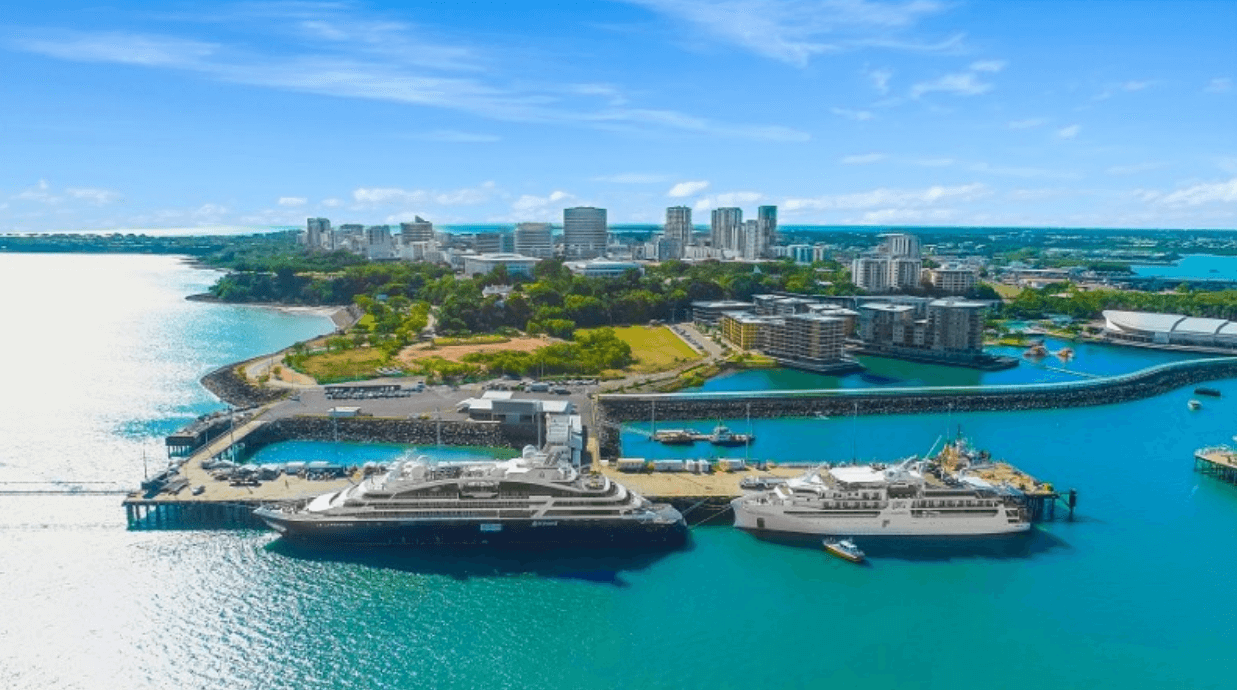
Program Status Update
The 2021-22 migration program is well underway and the Northern Territory remains open for new onshore nomination applications. Offshore applications remain currently closed due to Covid-19 restrictions.
The Australian Migration Bulletin will continue to update you regarding the Northern Territory nomination migration program for offshore applications over the next monthly bulletins.

Program Status Update
The 2021-22 Victoria migration program remains open for onshore nomination applications. Offshore applications remain currently closed due to Covid-19 restrictions.
The Australian Migration Bulletin will continue to update you regarding the Victoria nomination migration program for offshore applications over the next monthly bulletins.
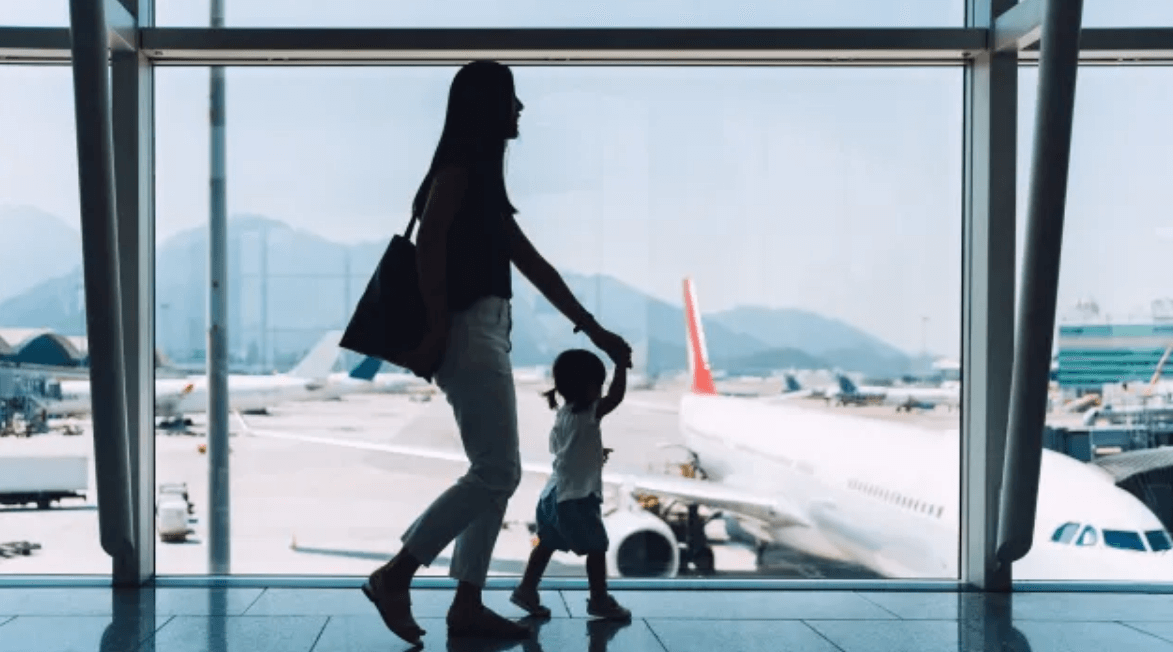
The Priority Migration Skilled Occupation List (PMSOL) identifies 44 occupations which fill critical skills needs to support Australia’s economic recovery from COVID-19. The list is based on expert advice from the National Skills Commission and consultation with Commonwealth departments.
Visa applications with an occupation on the PMSOL will be given priority processing. All other skilled occupation lists will remain active, but the PMSOL occupations will take priority.
The list is temporary and priority occupations may change as Australia recovers from the pandemic. The Government and the National Skills Commission will continue to monitor the impact of COVID-19 on the Australian labour market and assess Australia’s skills needs as they evolve and new sources of data emerge.
There has been no additional changes during the month of June 2022 to the Priority Migration Skilled Occupation List (PMSOL). Strengthened labour market testing will continue to allow numbers of sponsored skilled workers to migrate to Australia to fill urgent skills needs in critical sectors, helping to create Australian jobs and rebuild Australia’s economy.
This bulletin segment will be updated with the most up-to-date list when priority occupations change.
As of 1st July 2022 , 44 occupations remain on the PMSOL including (ANZSCO codes):
Those who are not fully vaccinated are still required to obtain a travel exemption and will be subject to the relevant state and territory quarantine requirements. Unvaccinated travellers must enter hotel quarantine for 7 to 14 days, depending on their state of arrival.
Please see the list of vaccines that are recognised by the Australian government for travel purposes here. Fully vaccinated visa holders should also check Australia’s travel requirements prior to departure.
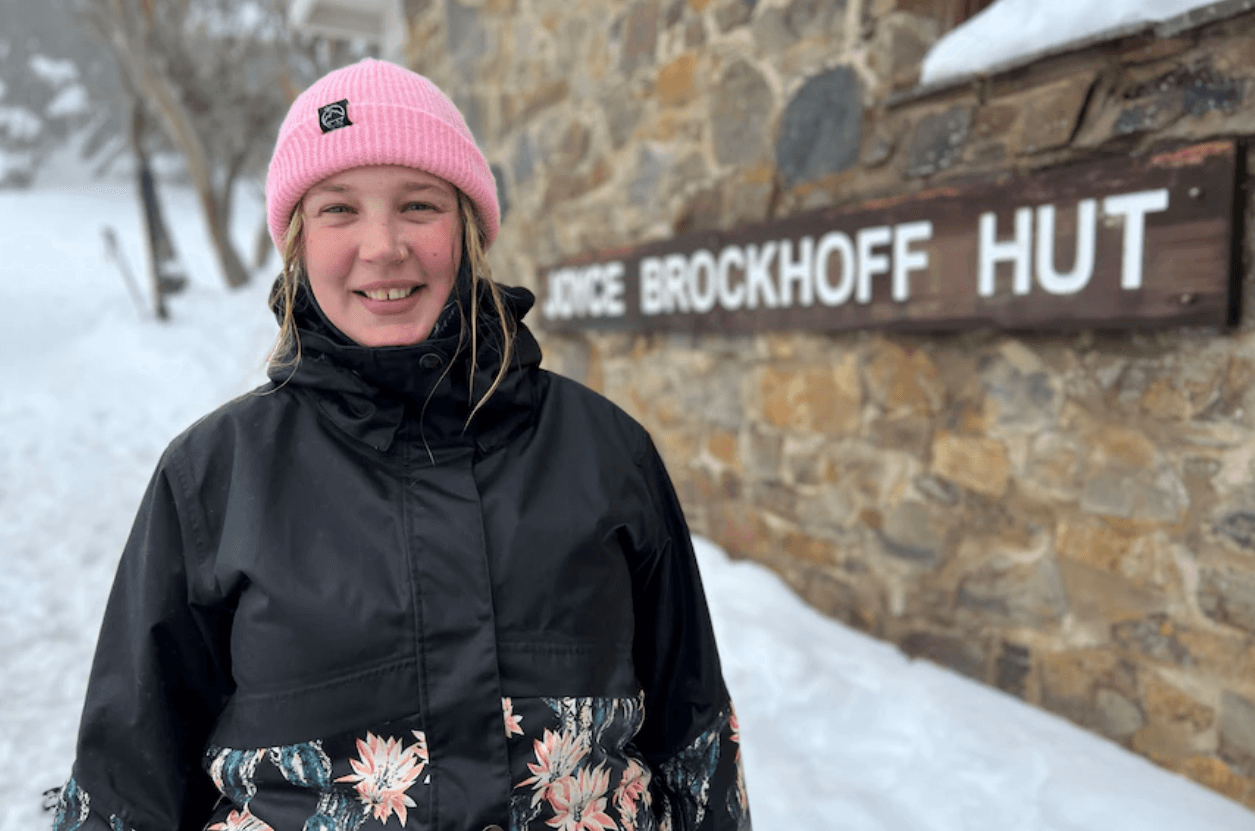
Key points:
There’s no traffic on Leah Szmalko’s commute.
After a 10-minute drive, she clicks on skis and slides down the hill for a day of making hot coffees and serving cold beers at Hoff Hut, overlooking Mt Hotham’s premier ski run.
“Anyone in cities, if you need to change scenery, why not?” she asks.
“How could you not? I ski to work!”
Leah is working hard with two jobs — “Morning coffees and shakin’ cocktails by night” — as ski resorts struggle to fill roles and keep a surge of visitors happy.
But it’s not just regional and remote areas suffering from a shortage of workers. This is a nationwide problem.
Not enough workers
When Cassandra Winzar talks to businesses, Australia’s labour shortage is the top issue — more pressing than energy prices, supply chains or a rise in the minimum wage.
“It’s across all industries, all locations and all professions.”
There are more than 423,000 job vacancies, on recent data from the Australian Bureau of Statistics. That’s a record high.
“And it’s a record high by a pretty significant degree,” says Ms Winzar, senior economist at the Committee for Economic Development of Australia (CEDA).
“If we look back to, say, February 2020, just before the pandemic, there were only around 227,000 job vacancies,” she said.
“So we’ve seen a huge increase in just a couple of years”.
The underemployment rate, calculating people who would like more work, just hit a 14-year low, dropping from 6.1 per cent to 5.7 per cent.
The under-utilisation rate — a combination of the underemployment and unemployment rate — has tumbled to a 40-year low.
Opportunity lost
Businesses are dealing with the shortage in different ways.
Some operators in the alpine area are reducing hours, trimming the number of menu options and closing mid-week to give exhausted employees time to recover.
All are desperate to keep up levels of service so that visitors have the best experience on their brief holidays.
Up on the mountain, that means staff like Ms Szmalko are just working more hours.
“A full day? Would usually be here by 7.30 in the morning and knock off at the other job, maybe 11, 12 o’clock at night,” she said.
“And start all over again the next day.”
Nathan Butterworth, general manager of Mt Hotham Skiing Company, has a staff of 600 running the lifts and services at the Victorian resort.
He described workers doing more hours as part of a “defence strategy” to deal with an expected flood of visitors ahead of a predicted bumper snow season.
“Encouraging people to be fully employed, and to consider their other options, is another way that they can contribute to the teams,” he said.
“We’ve got a passionate group of people that remain incredibly committed not only to the industry but to their chosen home resorts.”
COVID shortage
The COVID pandemic has exposed a problem experts have been warning about for years — a lack of workers.
“This labour shortage has been a long time coming,” says Alison Preston, professor of economics and the University of Western Australia Business School.
“COVID really has, in the end, just been the catalyst that’s exposed everything”.
The first and most obvious factor is immigration. Australia has typically relied on migration for two-thirds of its population growth but when the pandemic hit in early 2020, international students and people on working visas left.
While Australia’s borders have re-opened, experts like Professor Preston see only a slow recovery in the number of workers migrating here.
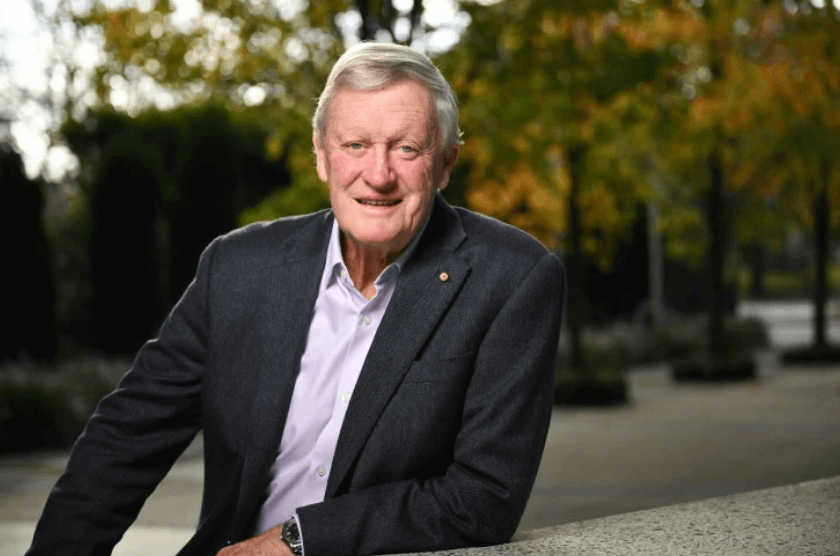
Business heavyweight and former Qantas chairman Leigh Clifford says Australia must ramp up skilled immigration in response to the significant staff shortages crippling the economy.
The Melbourne-based business veteran, who has been made a companion of the Order of Australia (AC) – the nation’s highest civilian honour – in this year’s Queen’s Birthday Honours, said the aviation sector has been particularly disrupted by the ongoing shortages.
“Australia has always relied on significant immigration of skilled people, and we have got to open up as quickly as we can to address some of those shortcomings,” Clifford said.
“Across the board, you’re seeing shortages, be it technical [or] be it baristas. It’s exacerbated by the fact that say in the airline industry, which is a very people-intensive industry, people are getting sick, so they’re having to reschedule planes etc.”
Clifford, a former Rio Tinto chief executive, said the economy-wide shortages of labour and materials were also a key factor driving inflation, with rising vegetable prices demonstrating inflation was “a supply side issue as much as demand issue”.
“It’s because we haven’t got enough people out there picking [vegetables]. So again, it comes down to this skill shortage. Jumping interest rates addresses some of the issues, but it doesn’t make it easier for lettuce to get to the market and the price of lettuce going down,” Clifford said.
Clifford joins a long line of business leaders who have been urging the government to address the nation’s labour crisis by boosting immigration to fill jobs, warning a failure to do so risks causing a slump in economic growth.
A lack of foreign skilled workers in Australia is partly because of the decline in immigration over the past two years when the government shut the international border.
However, lengthy delays approving visas for skilled foreign workers by the Home Affairs department have also contributed to the labour shortage.
The median short-term temporary skilled visa currently takes 83 days to finalise, up from 53 days in March. One quarter of skilled foreign worker applications are taking at least a year to process.
The number of skilled foreign workers in Australia has slumped to half the number seen a decade ago, and federal officials have been told to act on the extraordinary backlog in visa applications for thousands of skilled workers.
The chronic labour shortages have resulted in some employers claiming they will have to shut down if they cannot find workers.
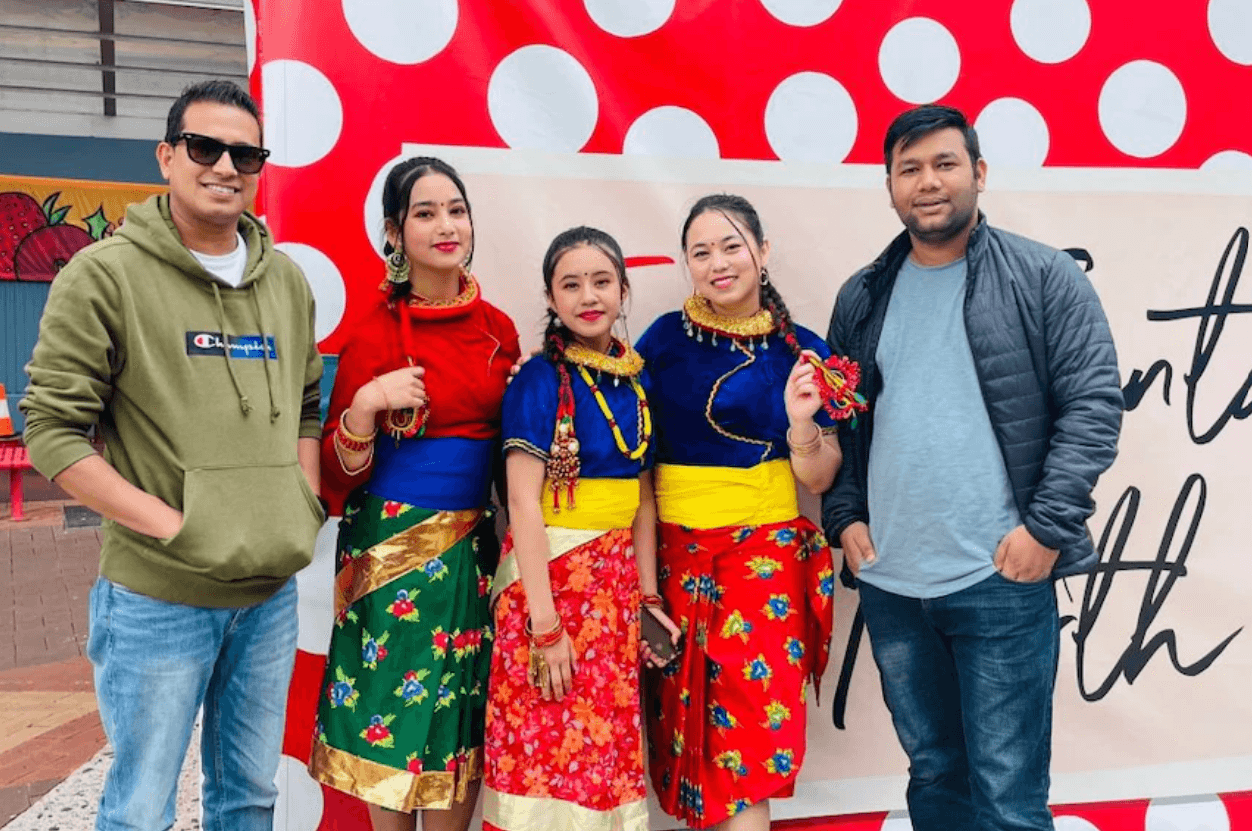
Tasmania is known for its mountains, even if they can’t quite compete with the giant peaks of Nepal.
But the island state is attracting a growing number of Nepalese people who are choosing to call it home.
Tasmania’s third most spoken language is Nepali, after English and Mandarin.
Hobart also boasts Australia’s only Nepalese pub, the Chowk.
Nepali Society of Tasmania president Khagendra Satyal said there were about 10,000 Nepalese people living in Hobart, about 3,500 Nepali in the north of the state, and a few hundred in the north-west.
“Tasmania is a beautiful place and the climate is similar to Nepal,” he said.
“The geographical structure is also similar to the hilly and valley parts of Nepal.”
Mr Satyal said the climate wasn’t for everyone, though.
“We have a similar type of weather in Nepal but there are people who come from hotter areas and they don’t want to be cold,” he said.
“Apart from that, a lot of people are calling Tasmania home.”
Mr Satyal said the adjustment to Tasmania’s slower way of life could be hard, but he found it peaceful.
“It is not very crowded which makes people move easily from one place to another.”
Advantages of a Tasmanian migration
Australian National University demographer Liz Allen said migrants tended to move to areas that maximised their employment and education opportunities, while also linking in with social and cultural networks.
“Tasmania offers a quieter, slower-paced environment than other Australian states,” Dr Allen said.
“There are advantages for people from overseas to establishing in Tasmania, the lifestyle and permanency pathways among them.”
Dr Allen said over the past 15 years, the number of people coming to Australia from Nepal had risen dramatically.
“Nepal is now among the top three countries of origin for recent migrants, barely making the top 10 in 2007,” she said.
“Net overseas migration to Tasmania is relatively smaller when compared to the population of the state.
“Any growth in people moving from overseas to the state would be quite noticeable, particularly given the historical aspects of predominantly white overseas migration to Tasmania.”
Australian government data shows that at the end of June 2020 there were almost 132,000 Nepalese-born people living in Australia, five times higher than 2010 numbers.
Choosing to stay
Mr Satyal, who came to Australia in 2015 and moved to Tasmania from Sydney in 2019, is in the process of becoming a permanent resident.
He said Tasmania was a transit point for migrants as they settled in Australia and fulfilled visa requirements.
“But many of the Nepalese people, once they get their residency, they start buying homes and living here and the community is growing rapidly,” he said.
Mr Satyal said Nepalese people were even calling Tasmania’s more remote pockets like Stanley and Strahan home.
The Nepalese community have established various sporting clubs across the state, with cricket being a favourite.
“Most of the people who came here from a Nepalese background are skilled migrants who are working in the hospitality sector, aged care sector, retail sector, business sector and even on farms,” he said.
“I believe the Nepalese community is greatly contributing to the economy of Tasmania.”
Australia’s only Nepalese pub
Entrepreneur Kirin Thapa bought the former Soho pub in South Hobart last year.
It was formerly a university haunt, but now it is Australia’s only Nepalese pub, and serves only Nepalese food.
“We celebrate Nepalese culture and we play Nepalese music,” he said.
It joins several other Nepalese restaurants, such as Kathmandu Cuisine, which opened in 2013.
The Chowk opened in October, but like many businesses it faced the challenges of coronavirus and border closures.
“As we are heading into winter we are picking up a bit now,” Dr Thapa said.
“We have good support from local people in and around South Hobart and lots of Nepalese people from around Tasmania; we have people coming all the way from Devonport and Launceston.
“Nepalese people living on the mainland come and visit friends and family in Tasmania and it’s an obvious location for a hangout.”
“It’s very typical Nepalese food and culture,” he said.
“If we go inside the pub, we are in Nepal.”
Dr Thapa also owns a flower farm in Orielton in the south-east called Purple Love, which grows the culturally significant gomphrena flower.
The flower is well known in Nepal and parts of Asia where it is used in tea, and the Chowk has been experimenting with using it in cocktails and mocktails.
Dr Thapa said the flower farm would be a tourist venture that would hopefully tap into the popularity of Tasmania’s lavender and tulip farms.
“It blooms for five months, so if we actually manage to open it for tourists we will have five months of a trading season,” he said.

If you’re harbouring hopes of studying and migrating to Western Australia, your prospects just got better. The state government has added 194 occupations to the Graduate Occupation List to attract more international students to study in the state. This brings the total number of listed occupations to 331.
This is part of the Mark McGowan government’s 195 million Australian dollars Reconnect WA strategy to attract skilled migrants and international students to Western Australia to alleviate skills shortages.
In a statement, the Western Australian government said expanding the Graduate Occupation List would help attract a broad and diverse range of skills that align with the state’s current and future workforce needs.
Migrating to Western Australia: In-demand skills
In a media statement, the state government said the skilled migration pathway would provide international graduates in Western Australia with the option to apply for permanent residence.
The expanded skilled migration criteria will not only allow candidates who are already in the state or country to apply for Western Australia State nomination, but also offshore candidates.
Preference, however, will be given to applicants currently residing in the state, followed by those residing in Australia and then those residing overseas.
Candidates for the 2022- 23 State nomination migration programme may be nominated by the state government under two streams: General or Graduate.
According to the Migration Western Australia website, the 2022-23 programme year’s expanded Graduate Occupation List under the Graduate stream includes:
Those considering migrating to Western Australia can click here for the full list of occupations or for further details.
Invitations to apply for Western Australia State nomination under the new Graduate Occupation List commenced on the 1st July 2022.
Migrating to Western Australia just got easier for students?
The Western Australia government said these changes would support the international education sector and add to the state’s pipeline of skilled workers in priority areas.
The new initiatives also complement strategies to address skills shortages following industry consultation at the Perth and Regional Skills Summits, it said.
Education and Training Minister Sue Ellery said: “Meeting Western Australia’s skilled workforce needs is a priority for the state government, to support the state’s strong economic growth and pipeline of works.”
She added that the Western Australia government’s management of COVID-19 has helped to keep the state’s economy strong and stable.
“With world-class education, healthy job opportunities and strong public health management, there is no better or safer place to live, work and study,” said Ellery. “The state government is committed to encouraging the return of international students to Western Australia to support our international education sector and address skills shortages in key industries.”
International Education Minister David Templeman said: “Providing a skilled migration pathway is key for attracting international students to Western Australia to retain their capabilities once they have completed their studies.”


Connor Rozee of the Power evades Touk Miller of the Suns during the AFL Round 15 match between Port Adelaide Power and the Gold Coast Suns. Adelaide, South Australia. June 2022
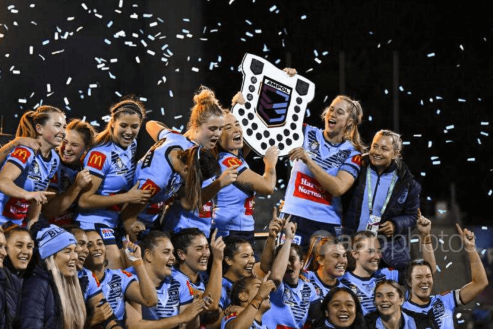
Blues players lift the trophy after winning the 2022 Women’s State of Origin match between the New South Wales (Blues) and the Queensland (Maroons). Canberra, Australian Capital Territory. June 2022

Australian Olympic champion Jessica Fox has earned one of her toughest World Cup canoeing triumphs, overcoming sickness to paddle to a third consecutive K1 crown in Slovenia. June 2022
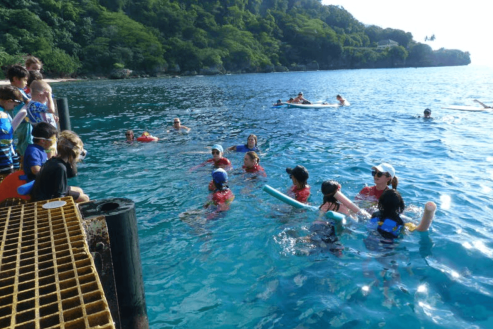
Family and friends enjoying an ocean dip. Western Australia. June 2022

A world of splendour and romance, ‘Moulin Rouge The Musical’ returns to Sydney. June 2022

An inspirational day at the Sea Week Festival! Christmas Island, Western Australia. June 2022
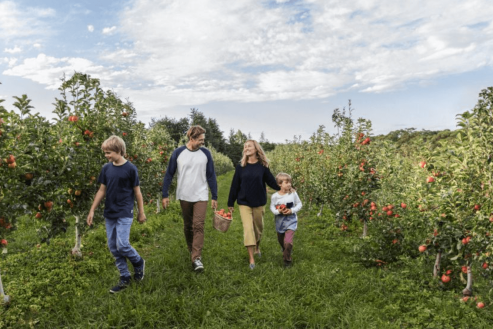
Picking fresh apples in winter! Outskirts of Sydney, Blue Mountains, NSW. June 2022
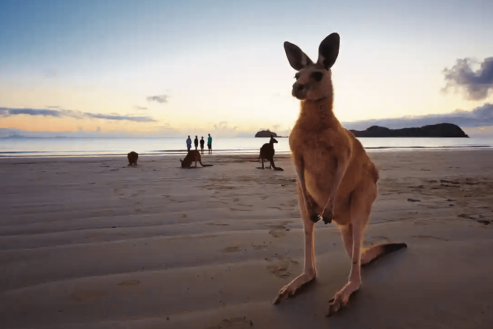
Wallabies spotted on Cape Hillsborough beach. Mackay, Queensland. June 2022
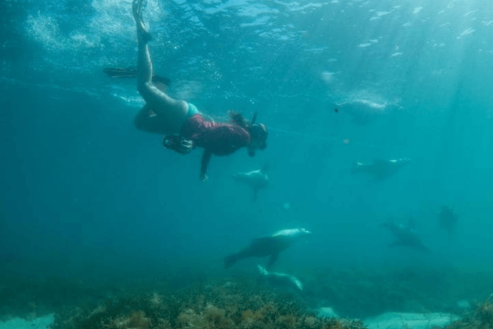
Swimming with sea lions!! Hopkins Island, South Australia. June 2022

Tourism returning to the beautiful Twelve Apostles Lodge Walk, Great Ocean Road, Victoria. June 2022

This couple making the most of a winters day! Jervis Bay, NSW. June 2022
As legislation and travel requirements are constantly changing, we strongly recommend obtaining advice on your individual situation from a Registered Migration Agent. Please click here to book a consultation with one of our Registered Australian Migration Agents, located in Australia.






You can manage your membership and billing method by clicking here
Terms of Service
Privacy Policy
Copyright © 2025 Office of Immigration Australia, a private company registered in Australia. All Rights Reserved.